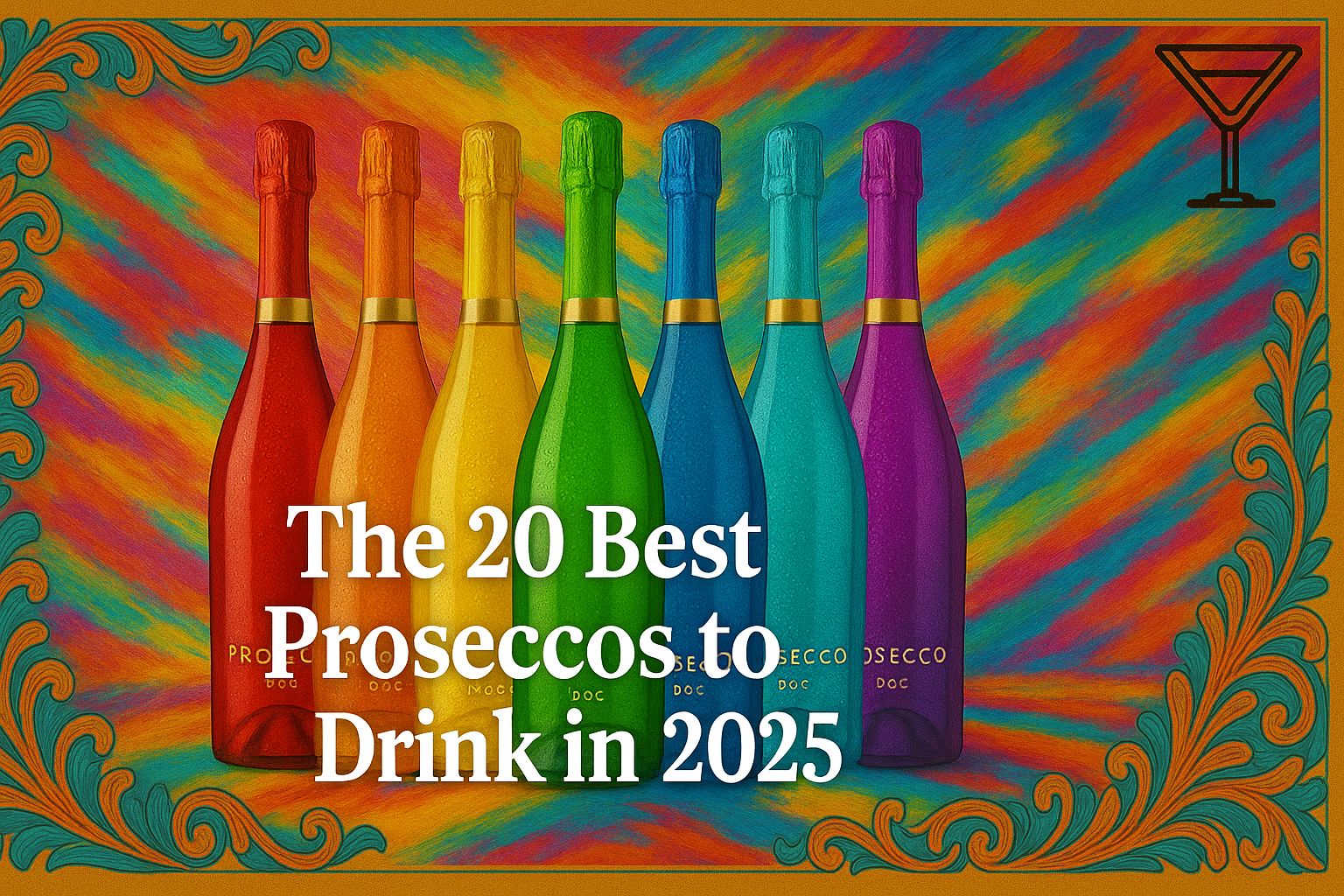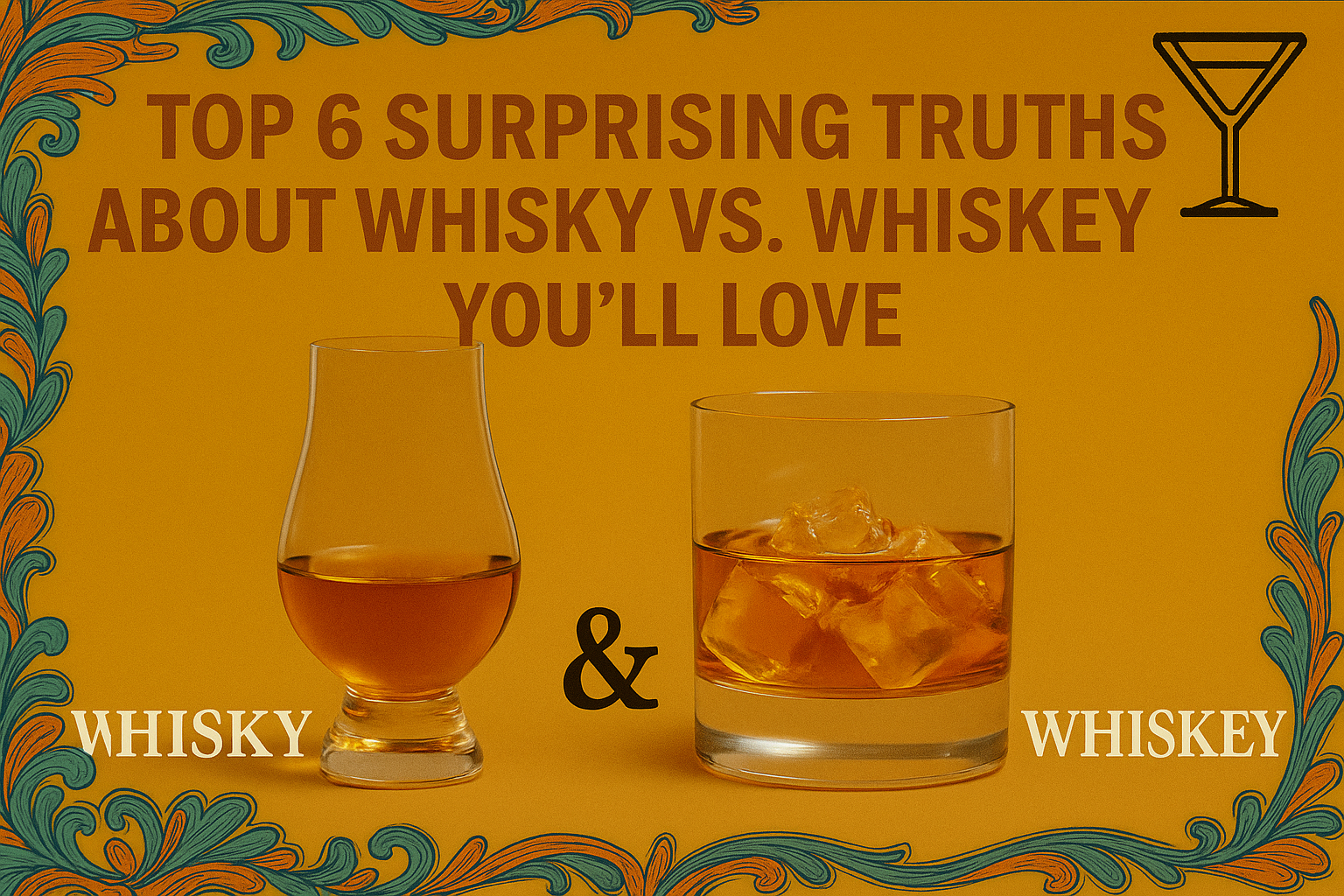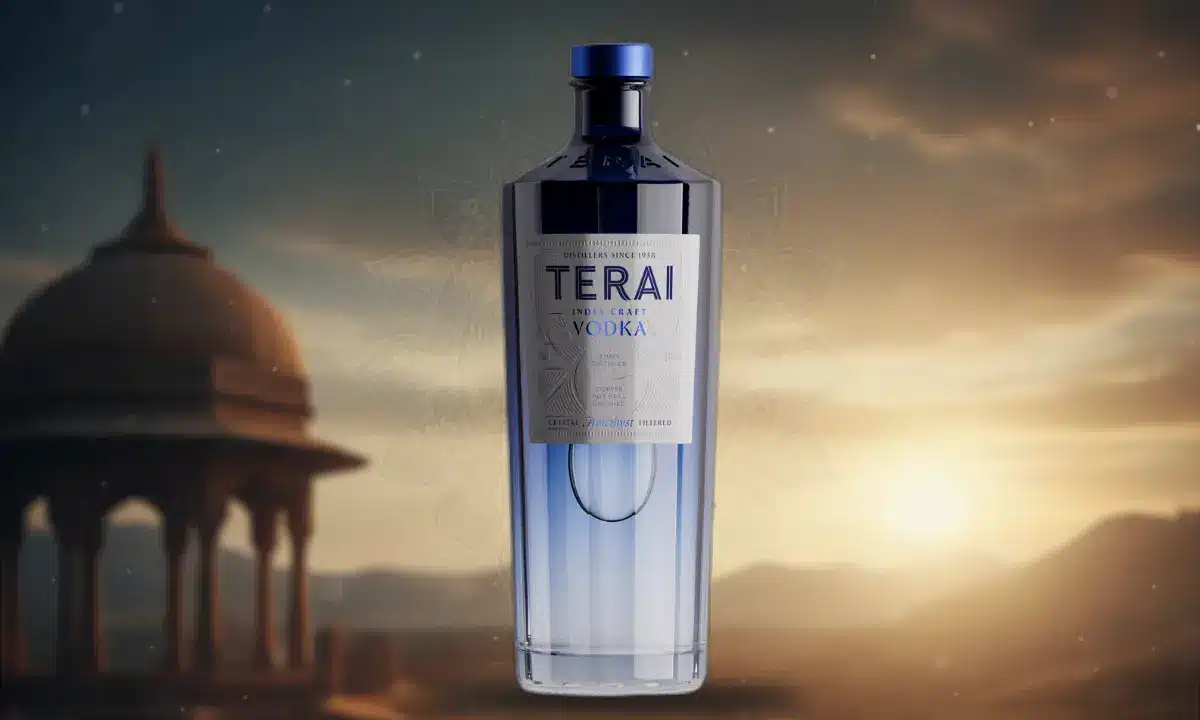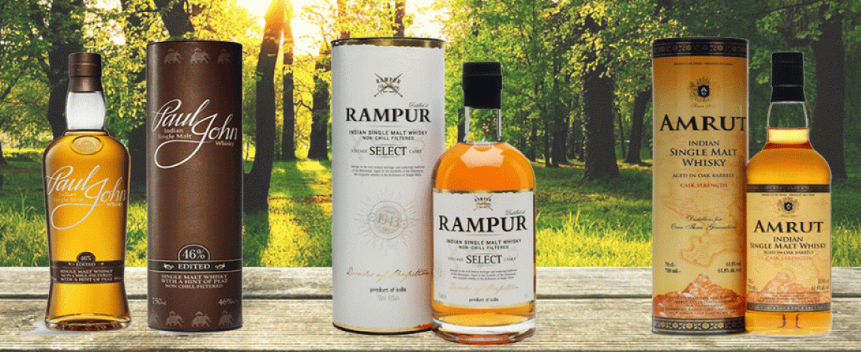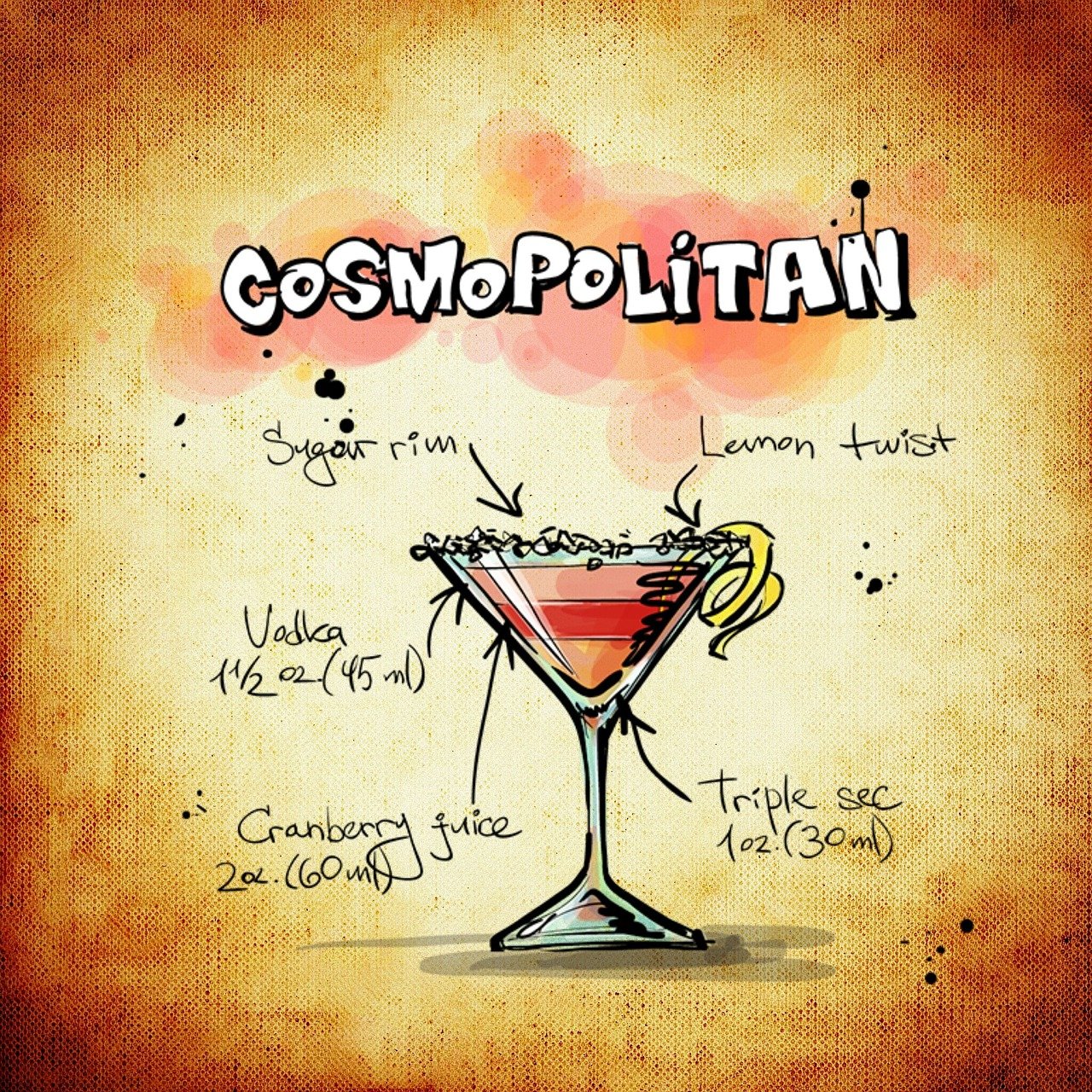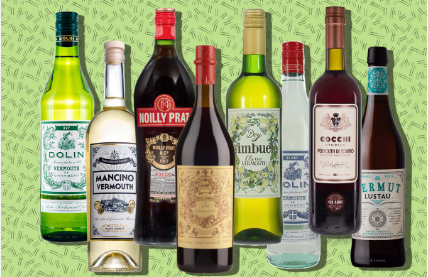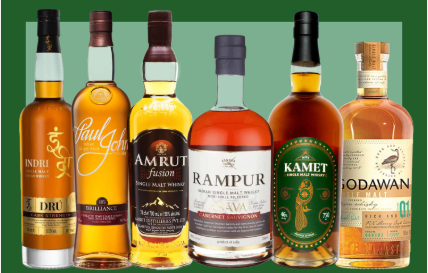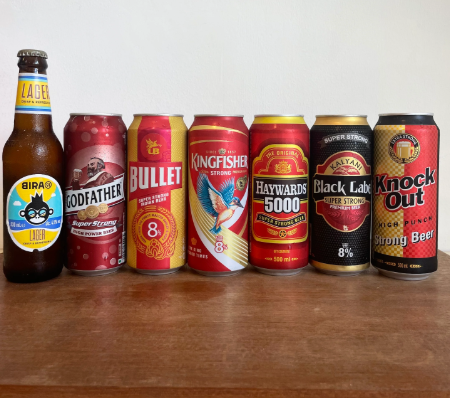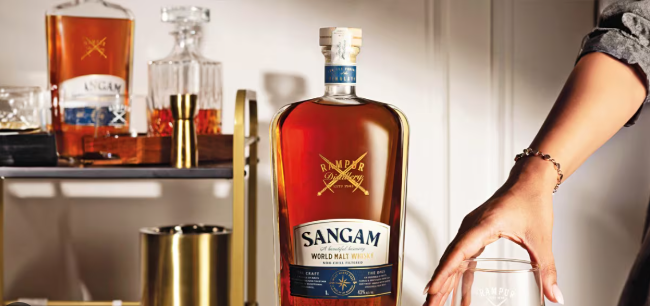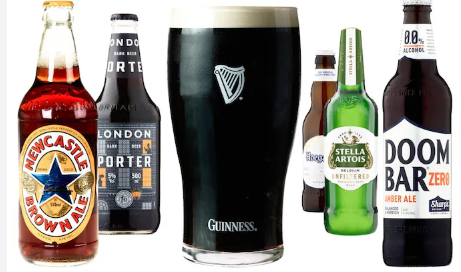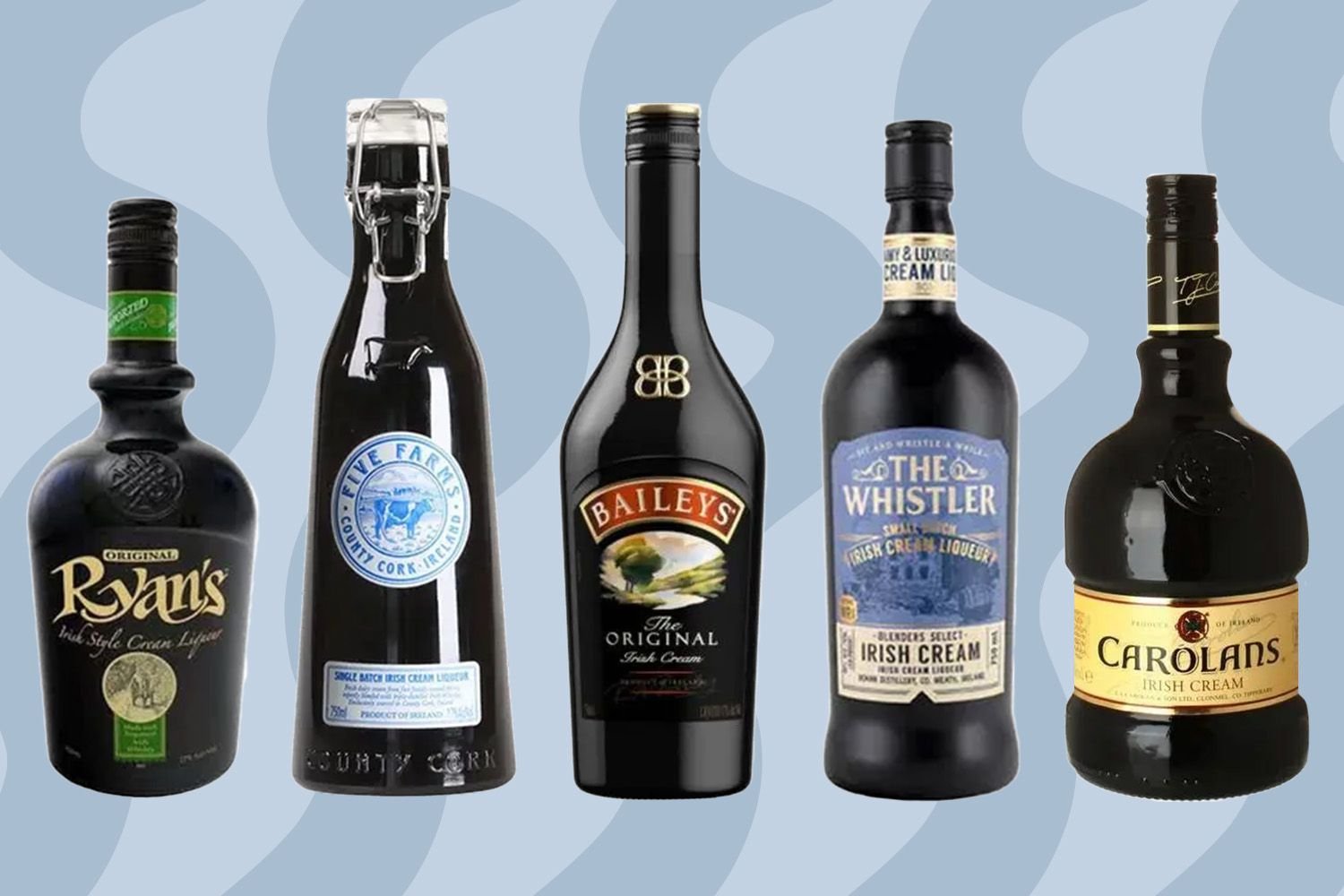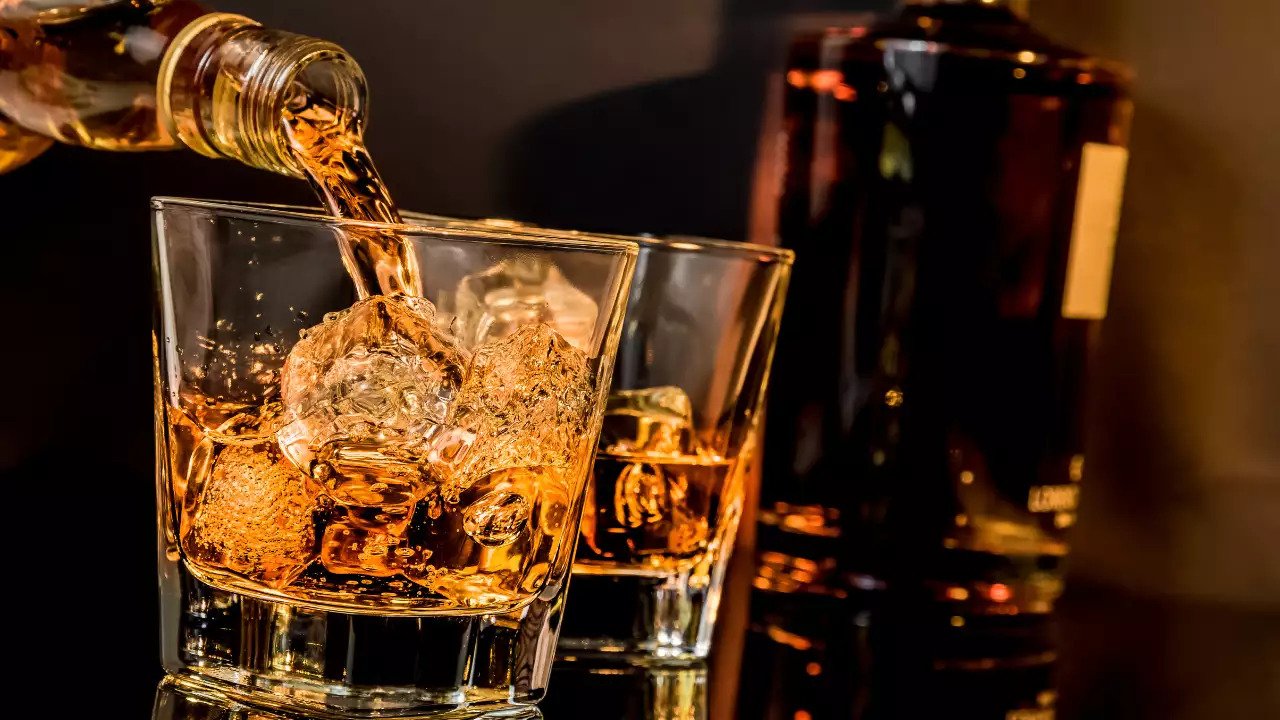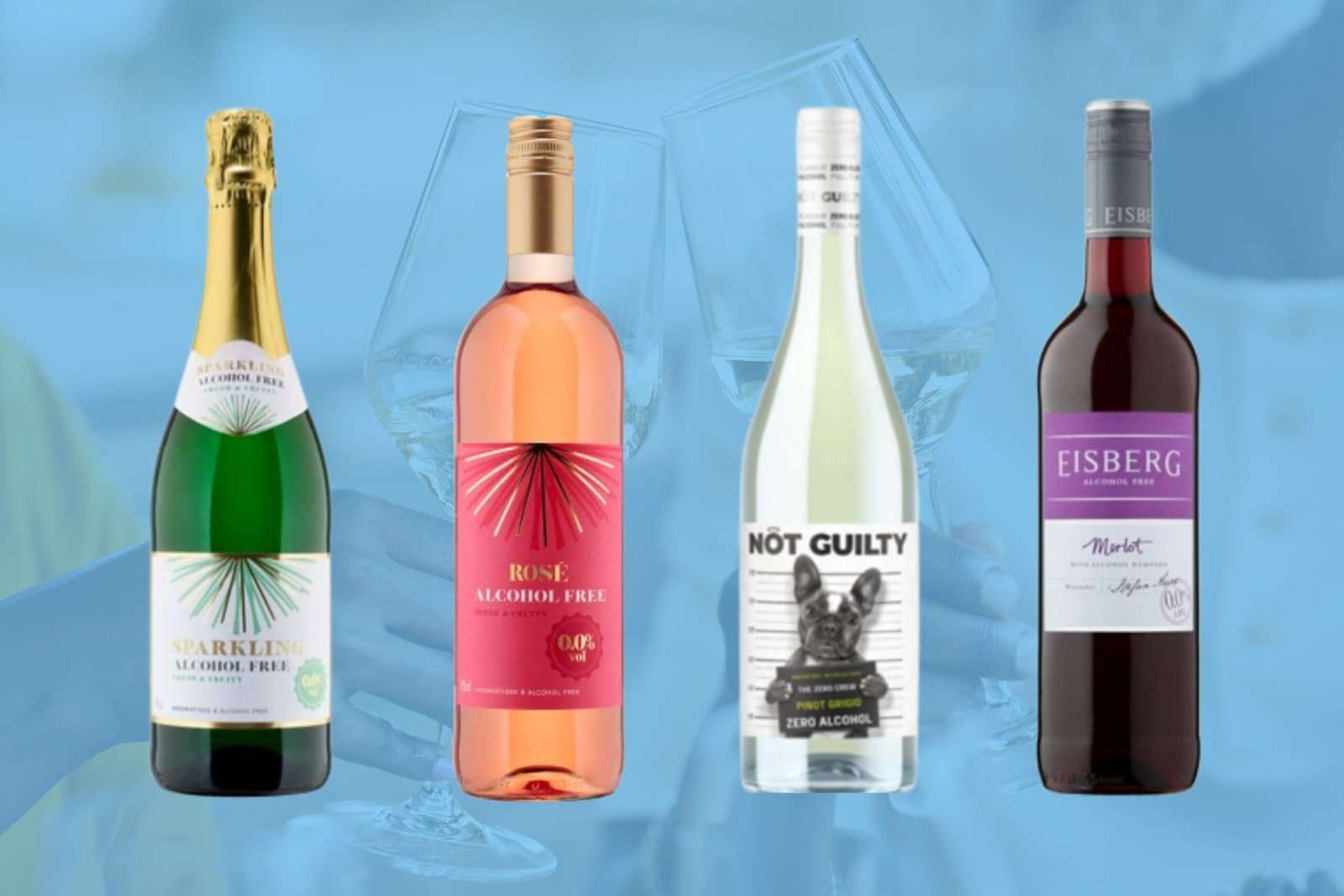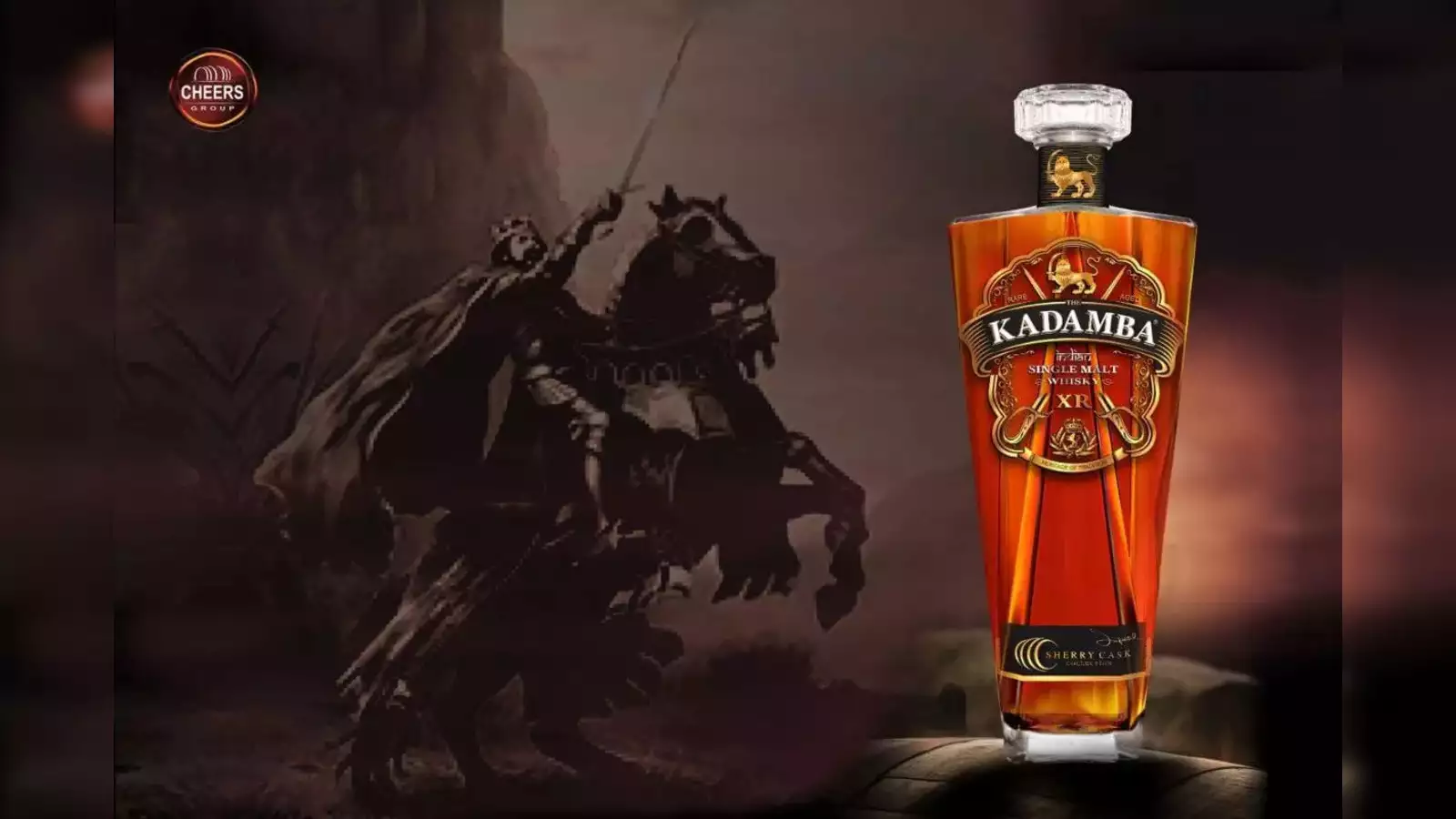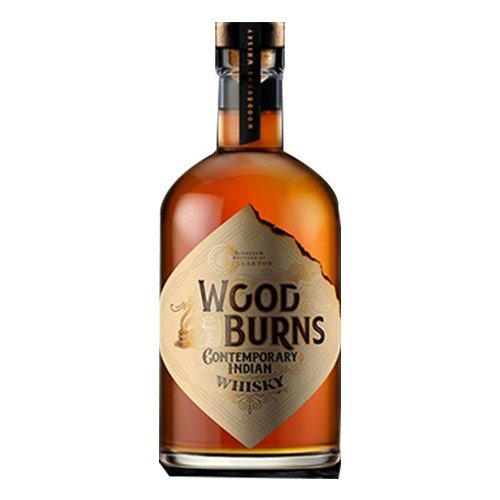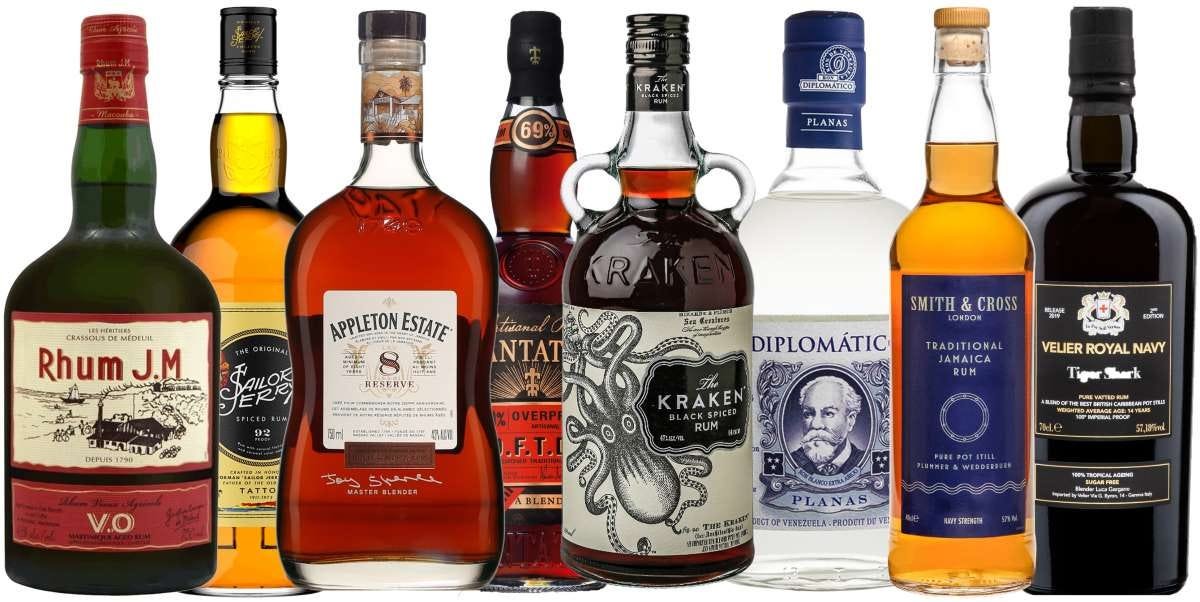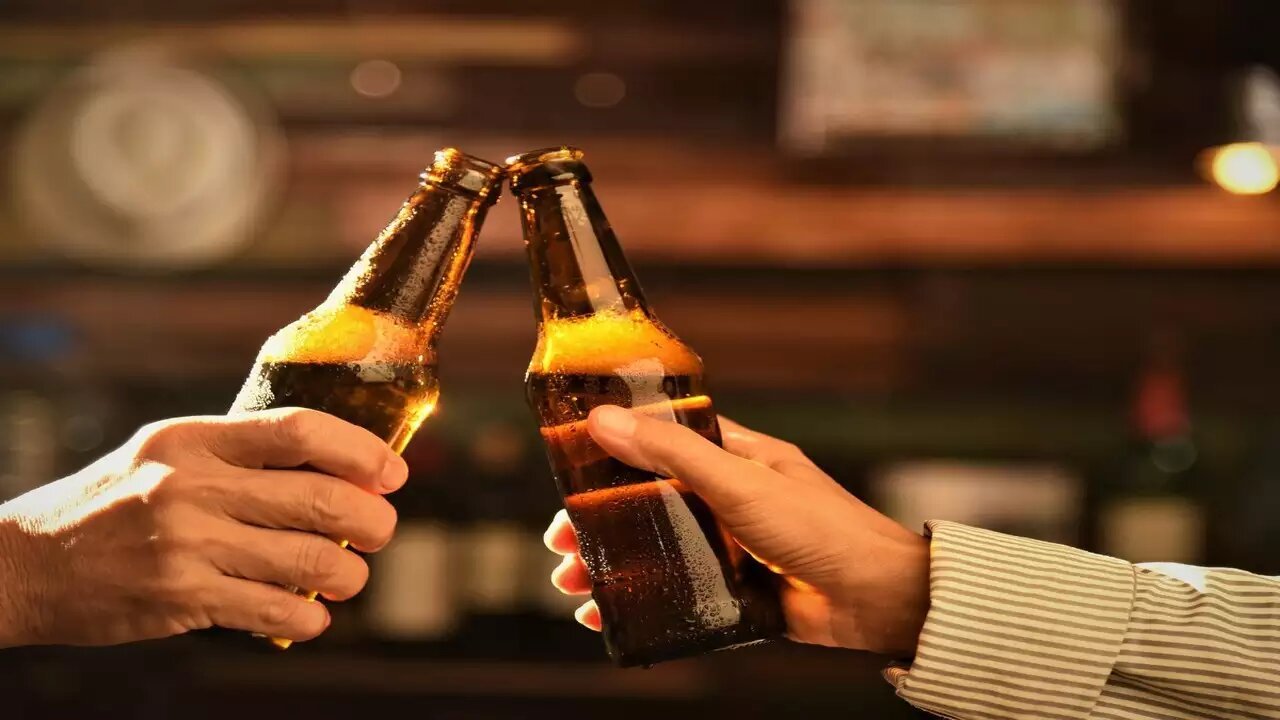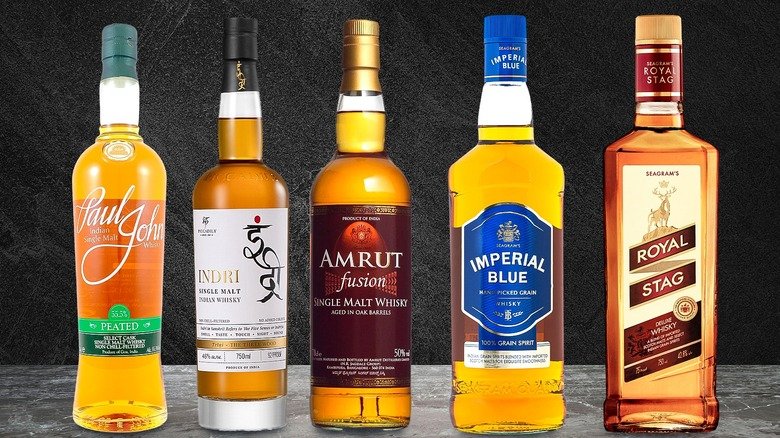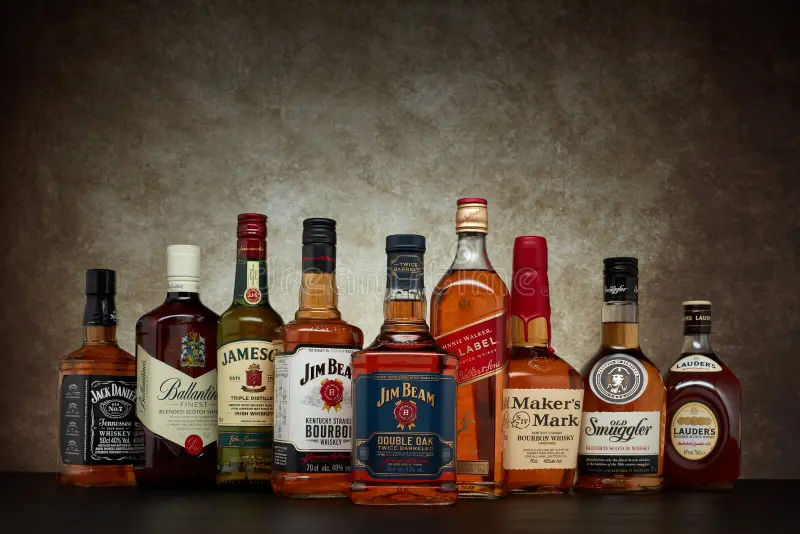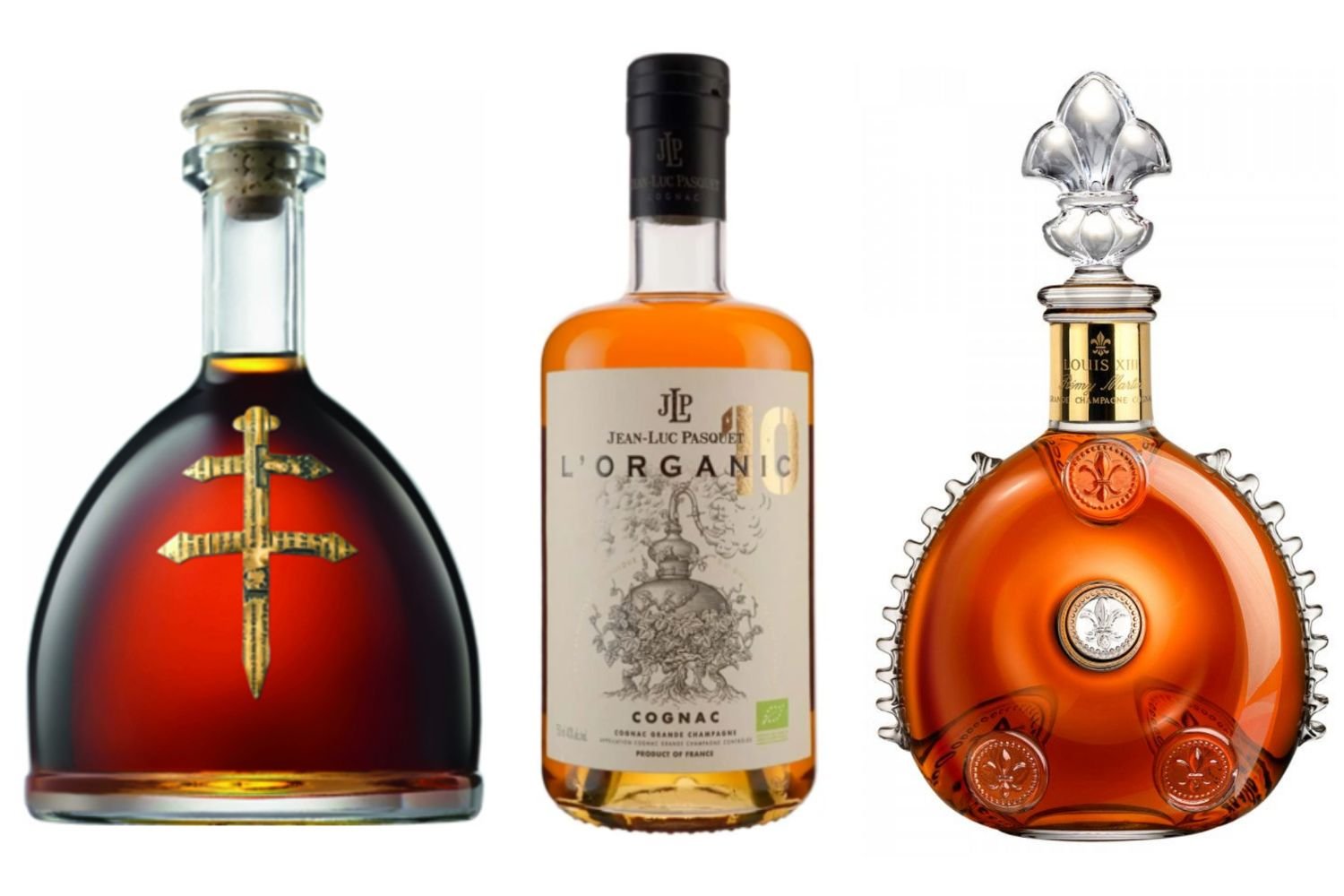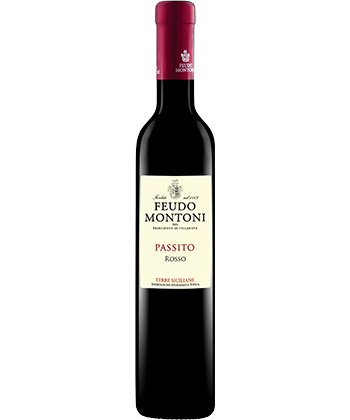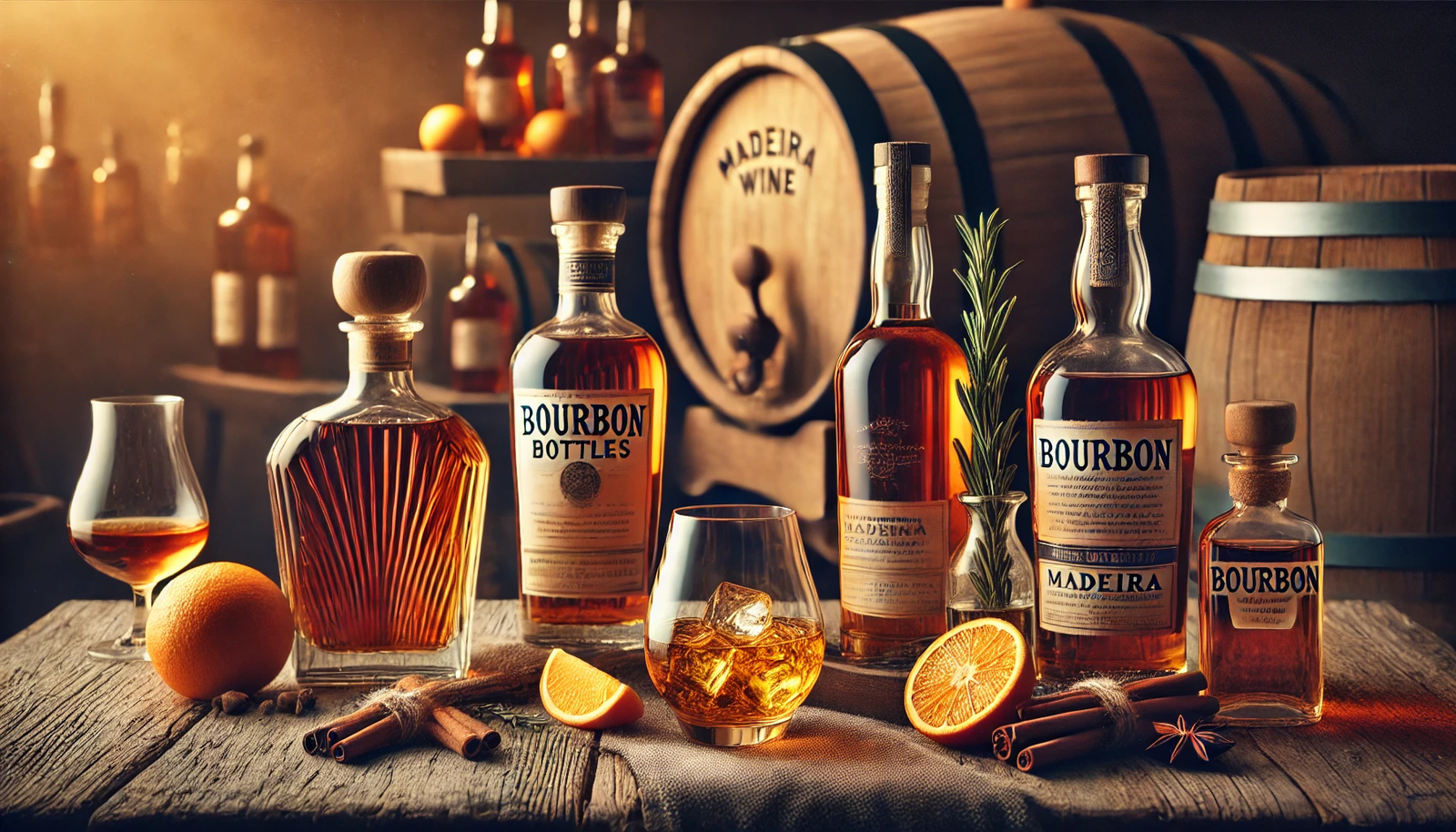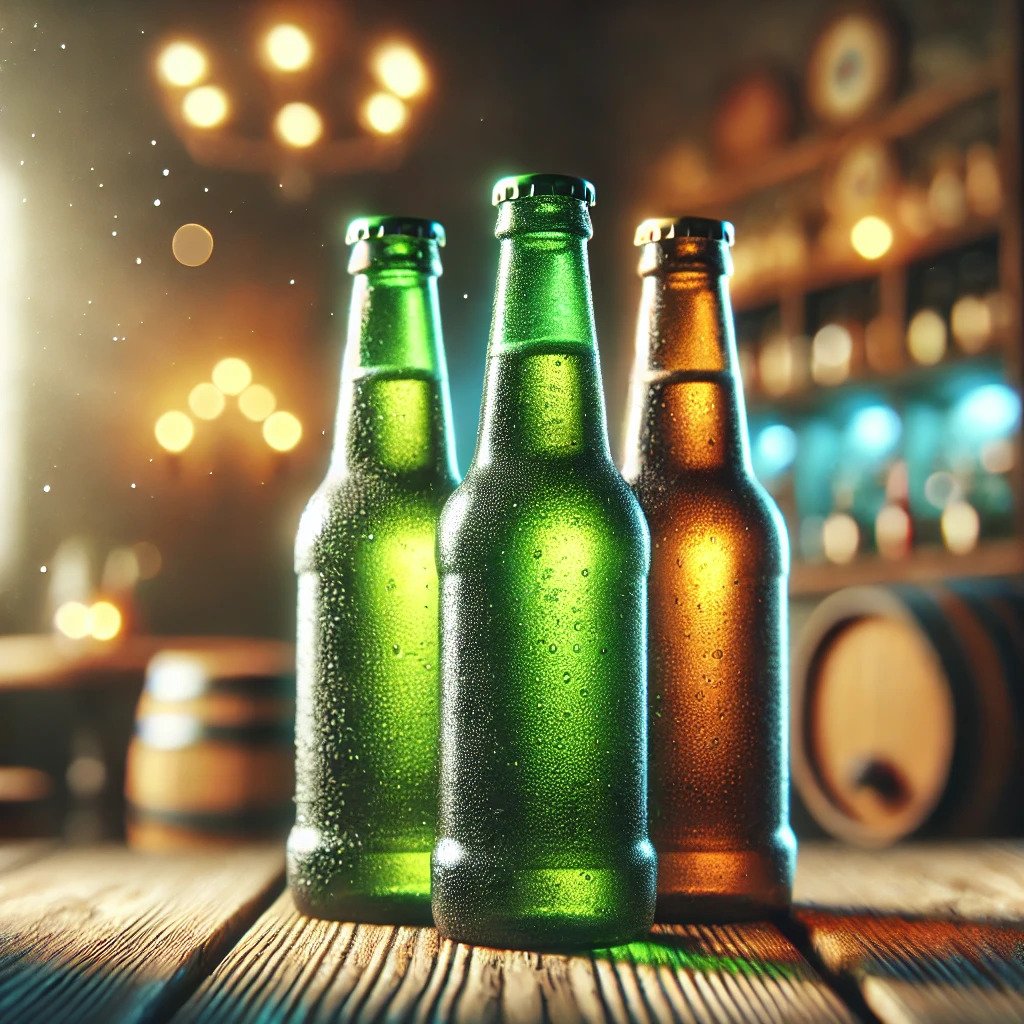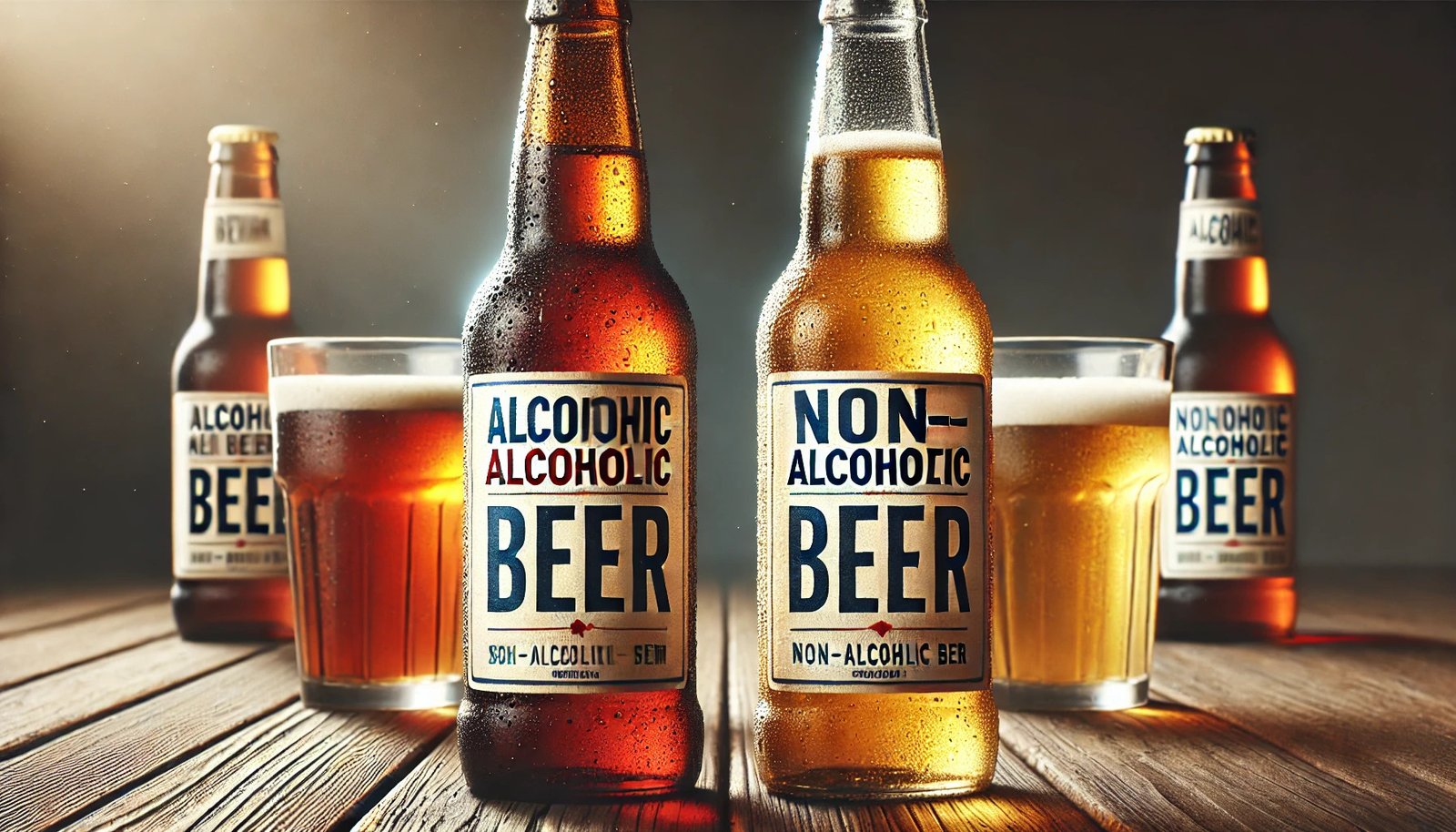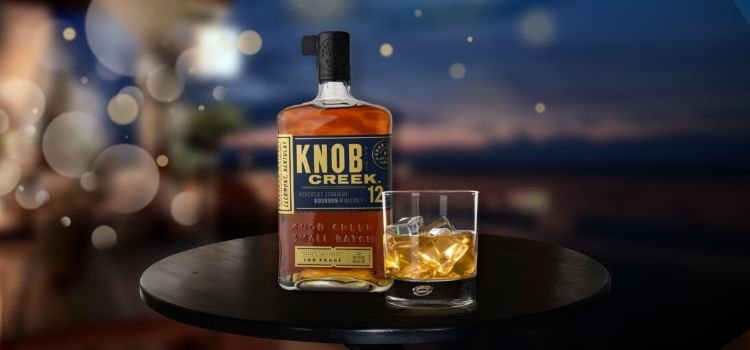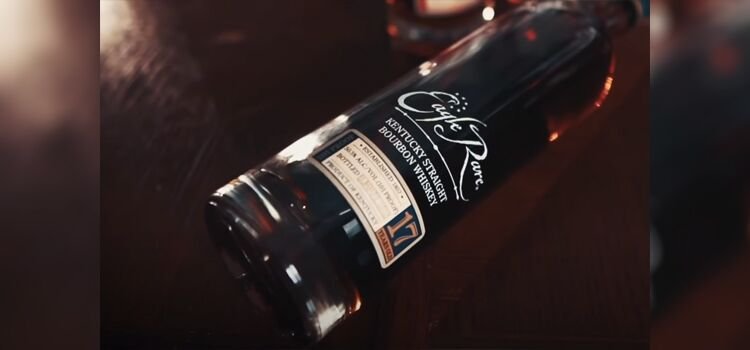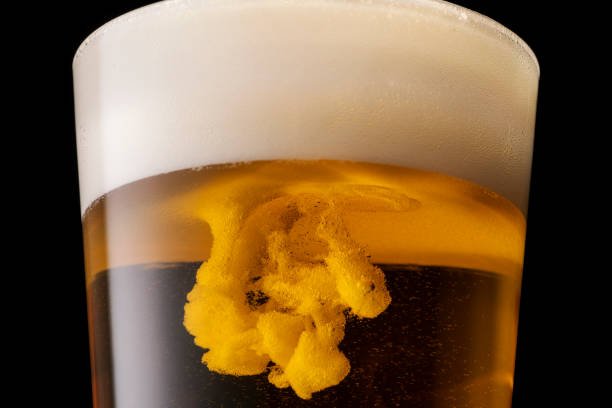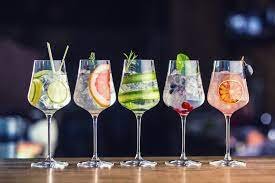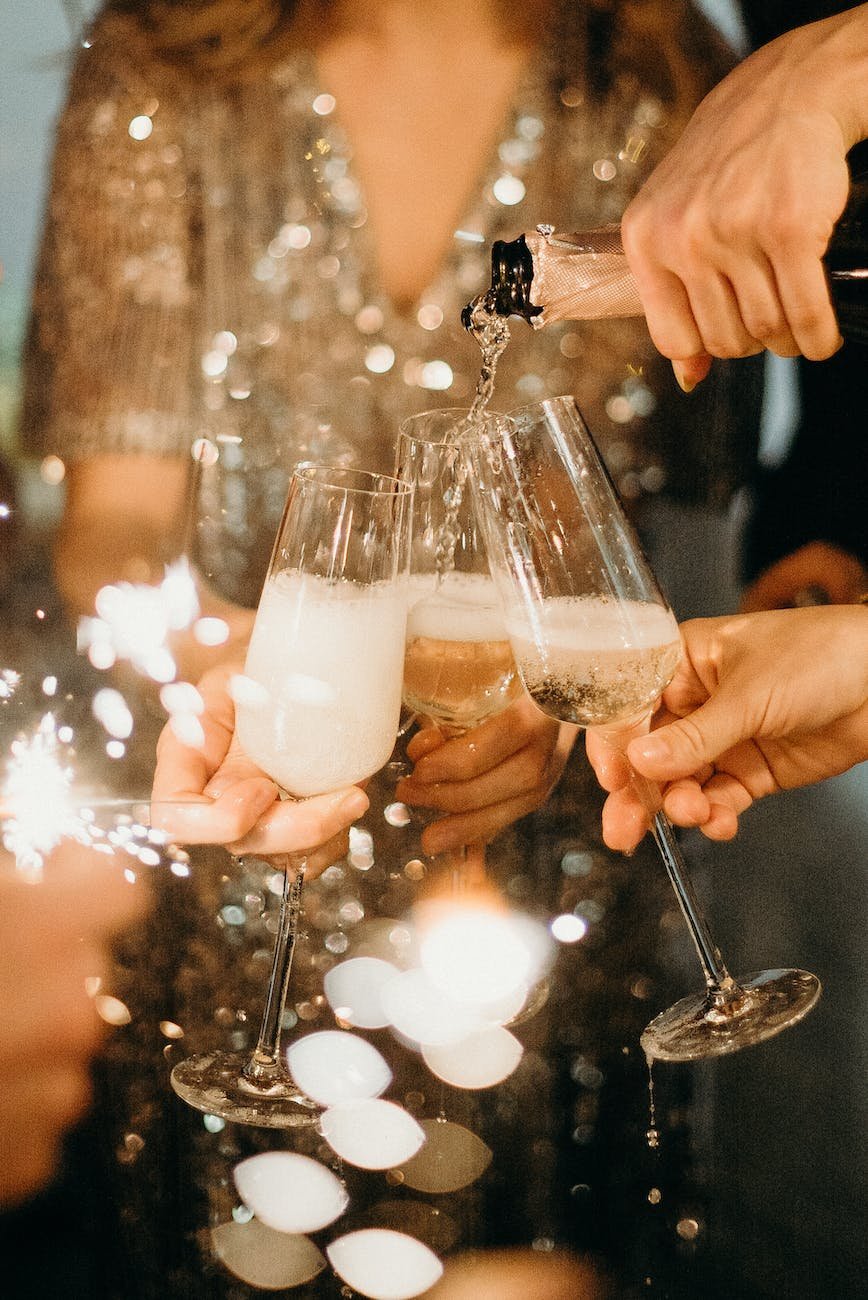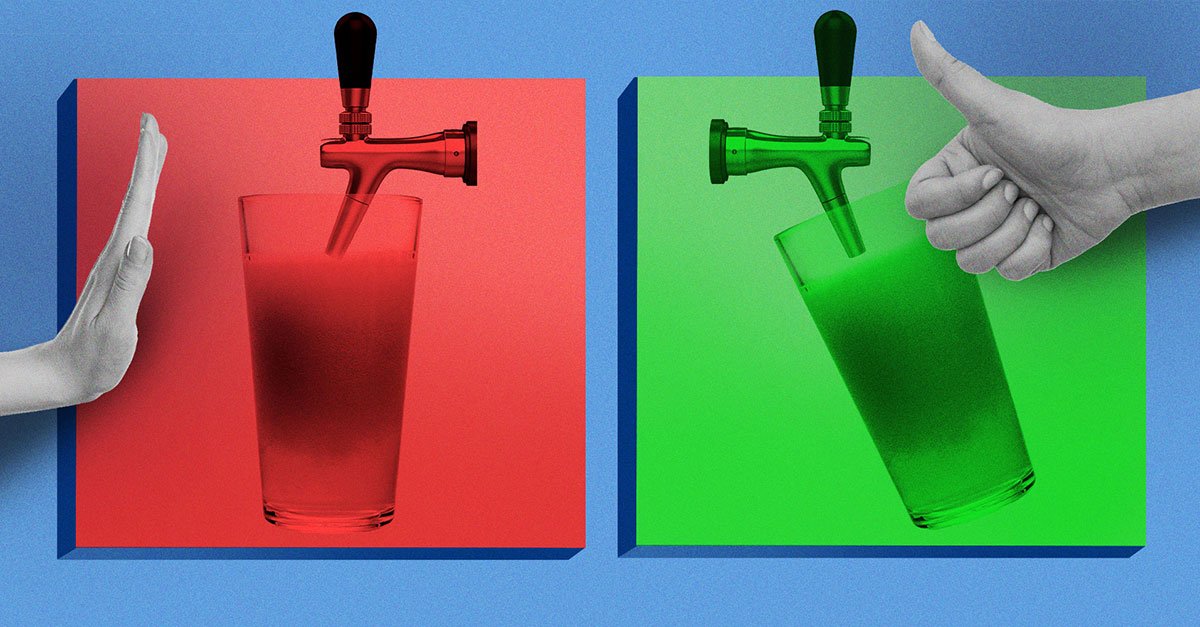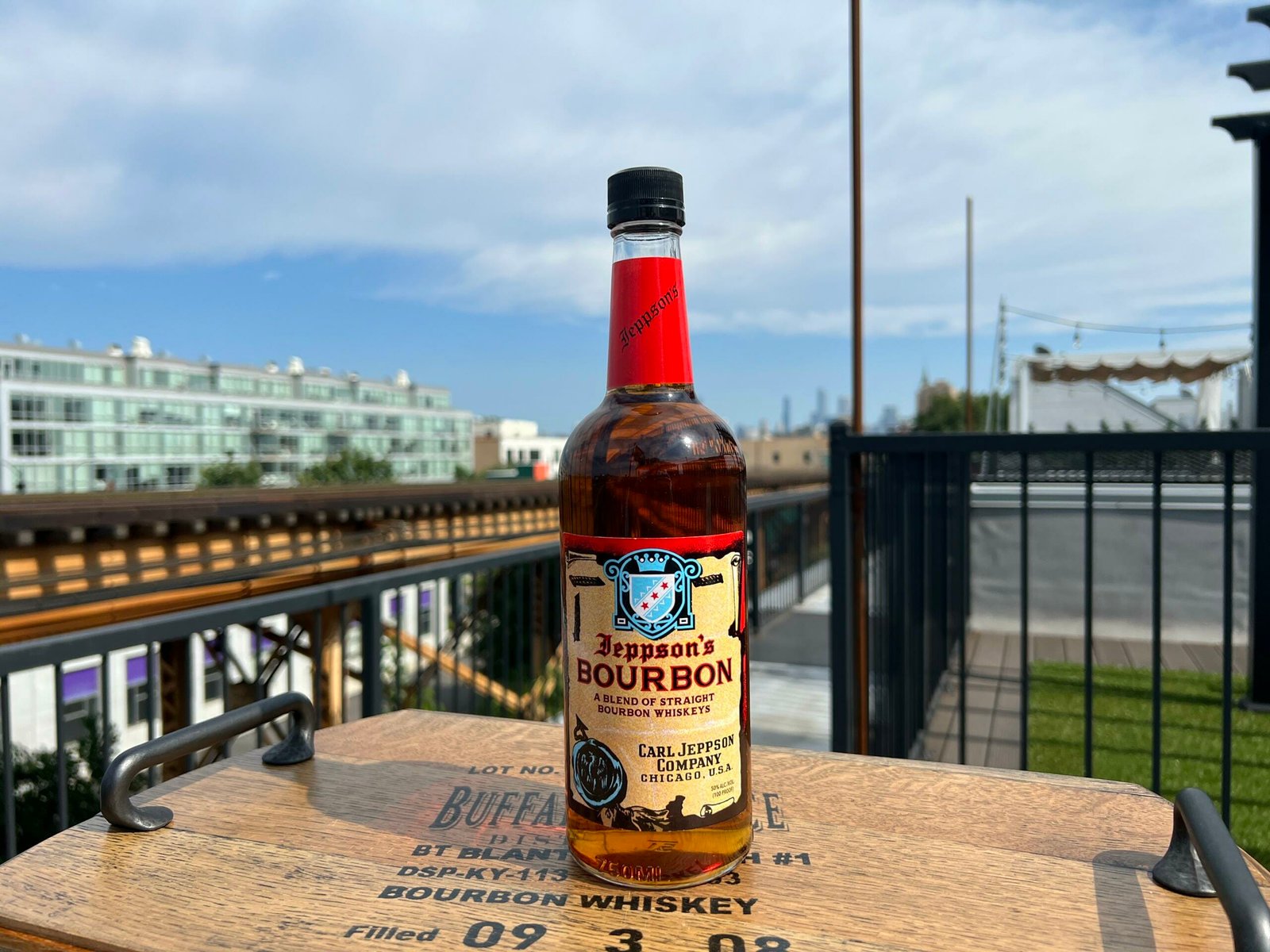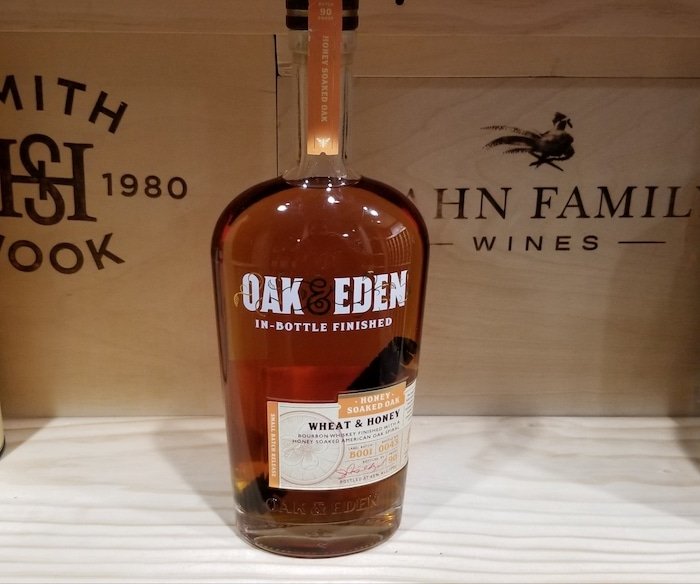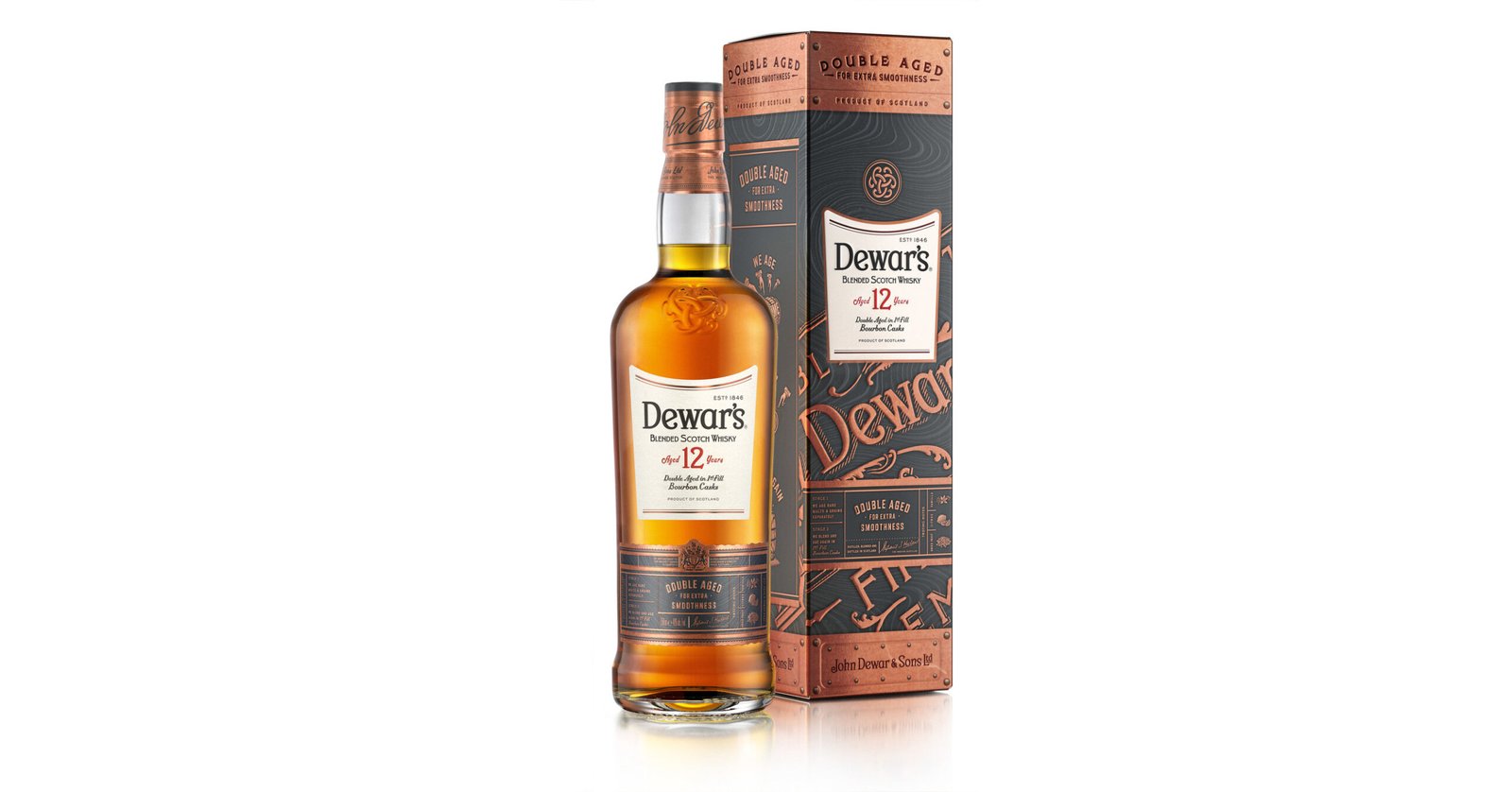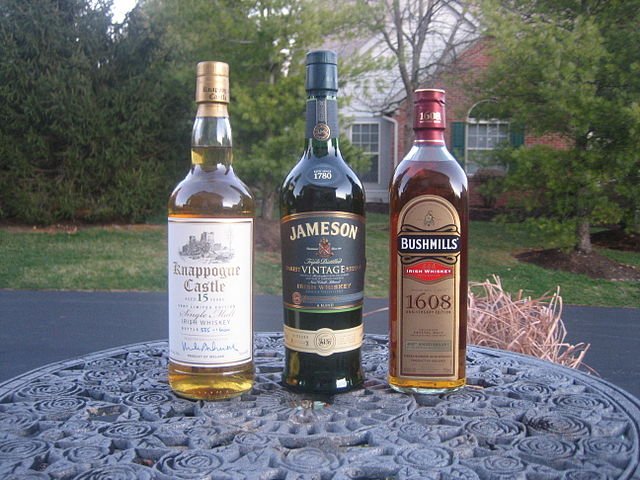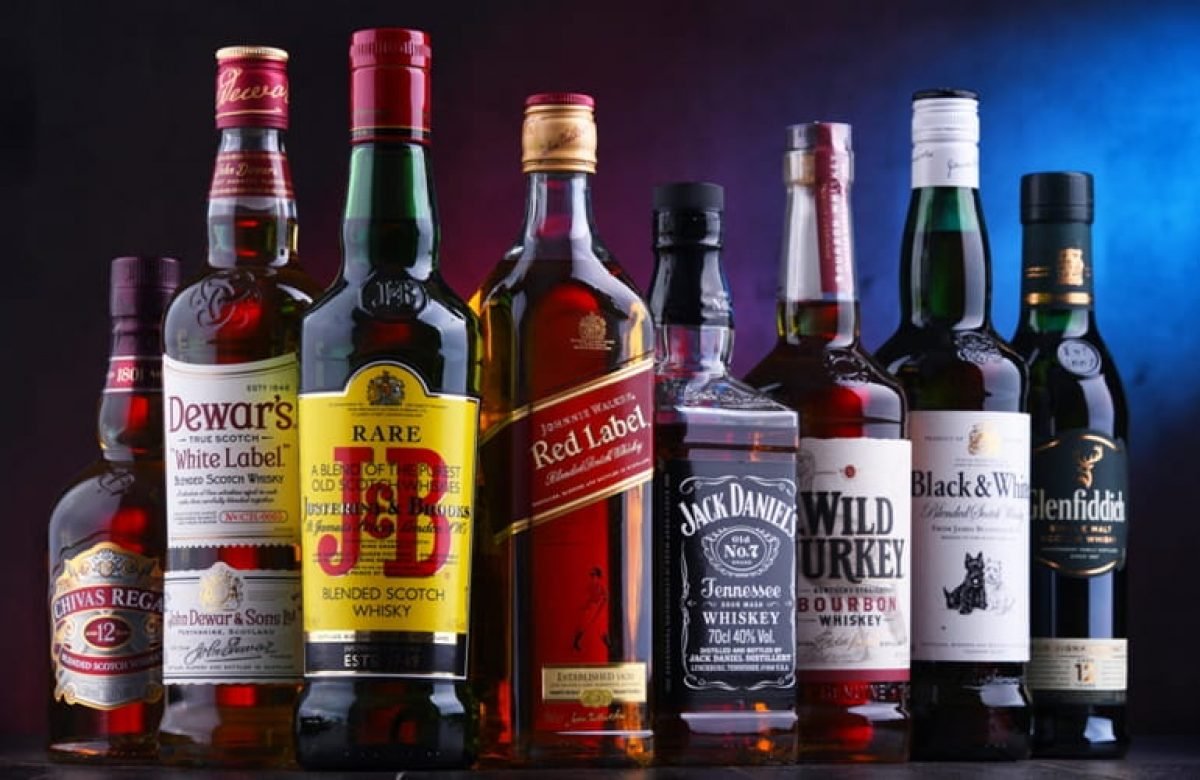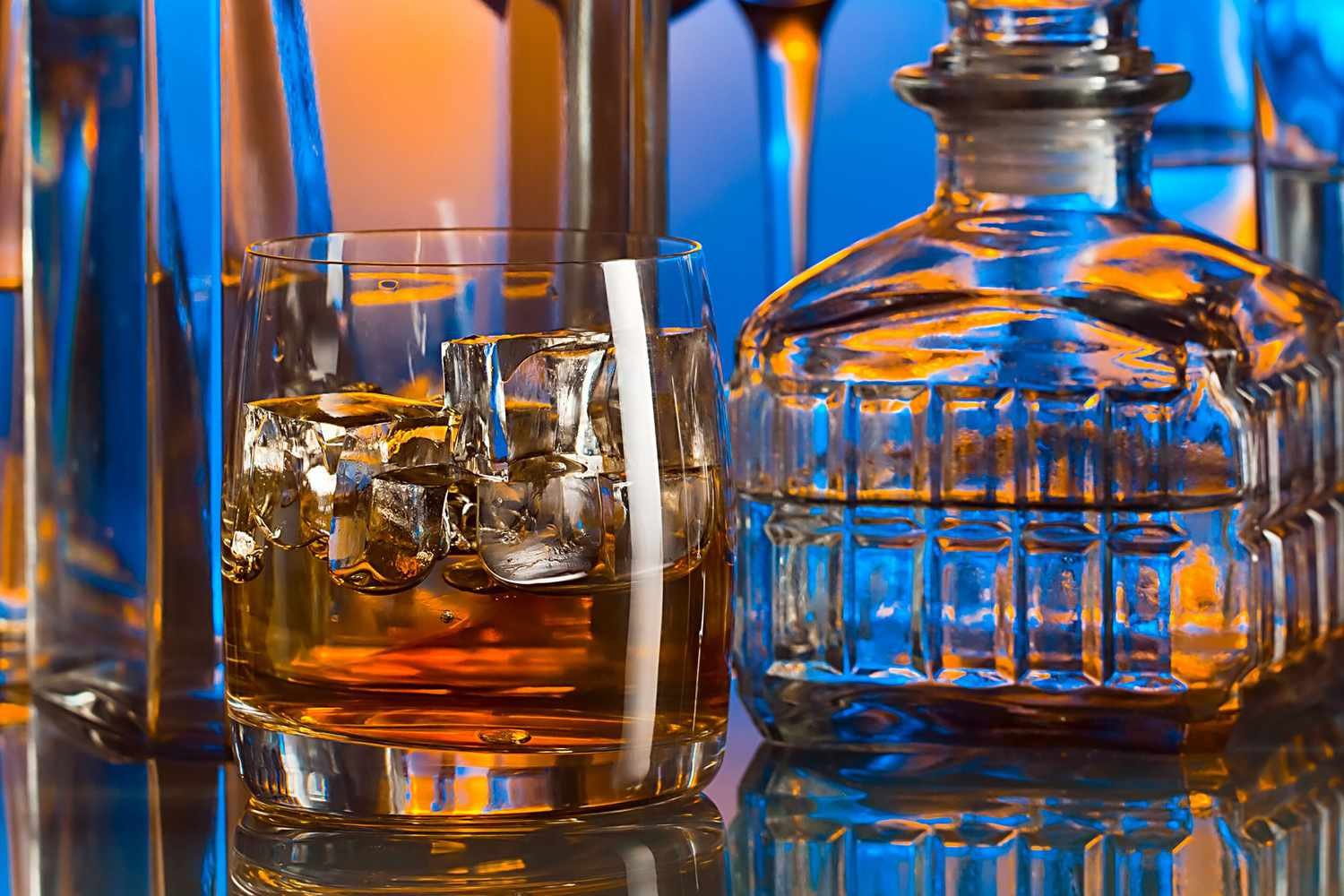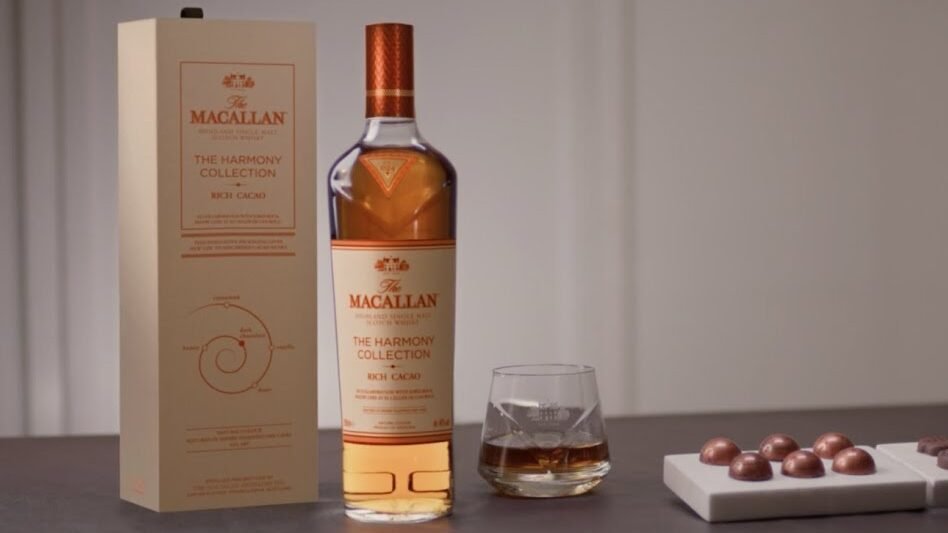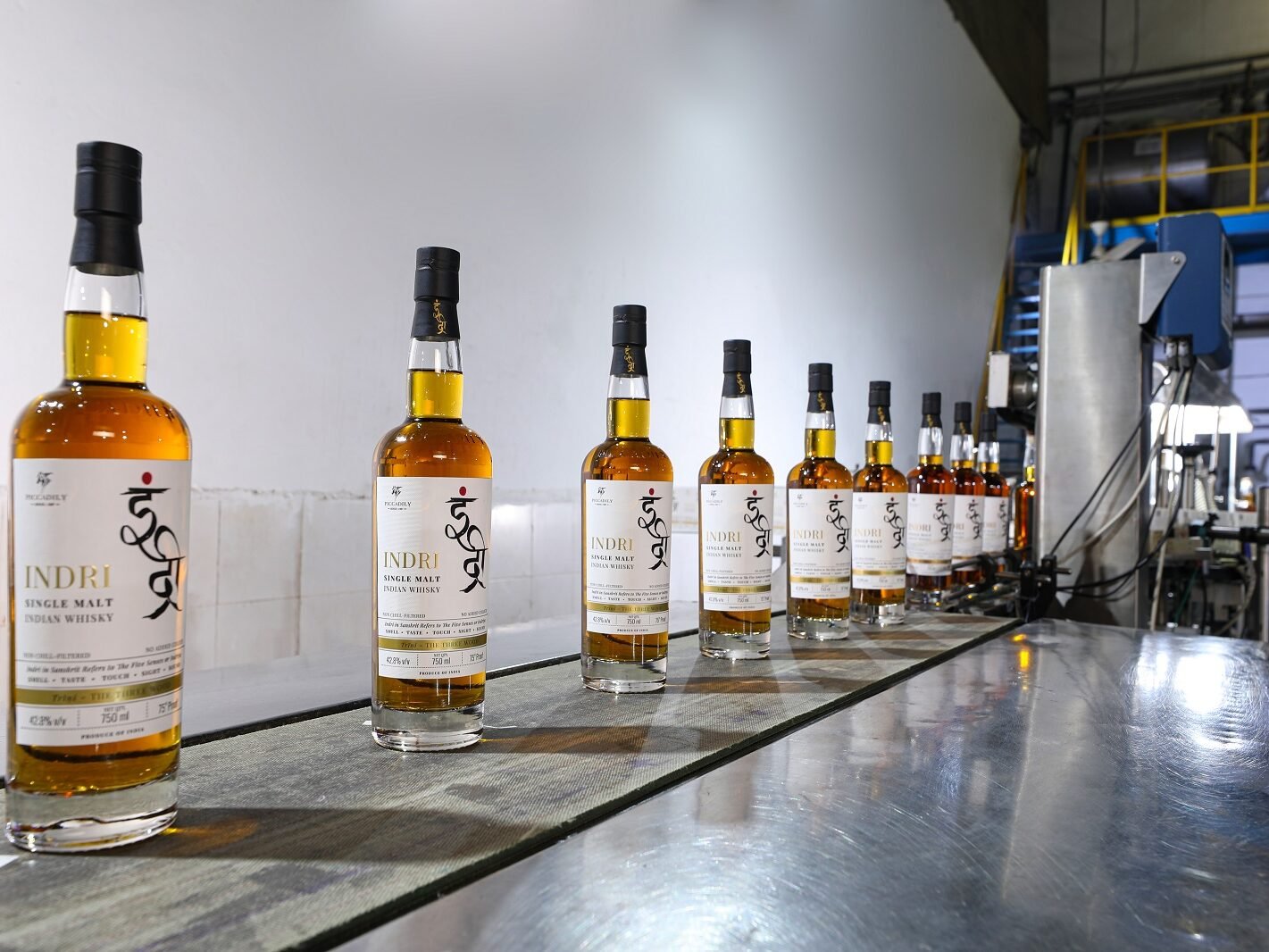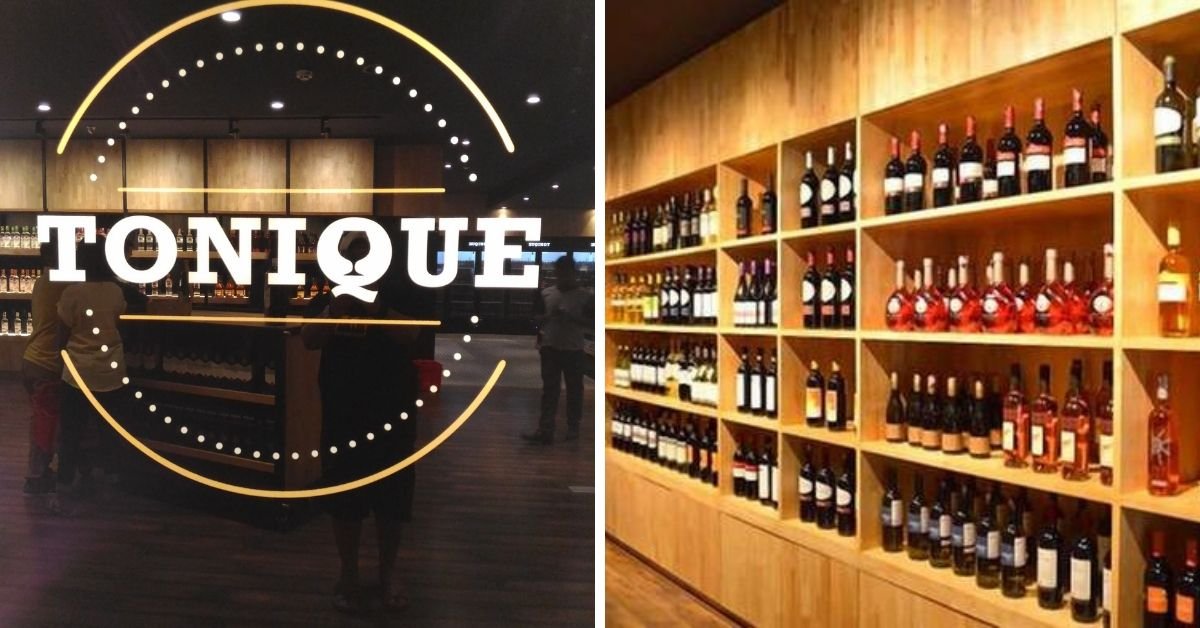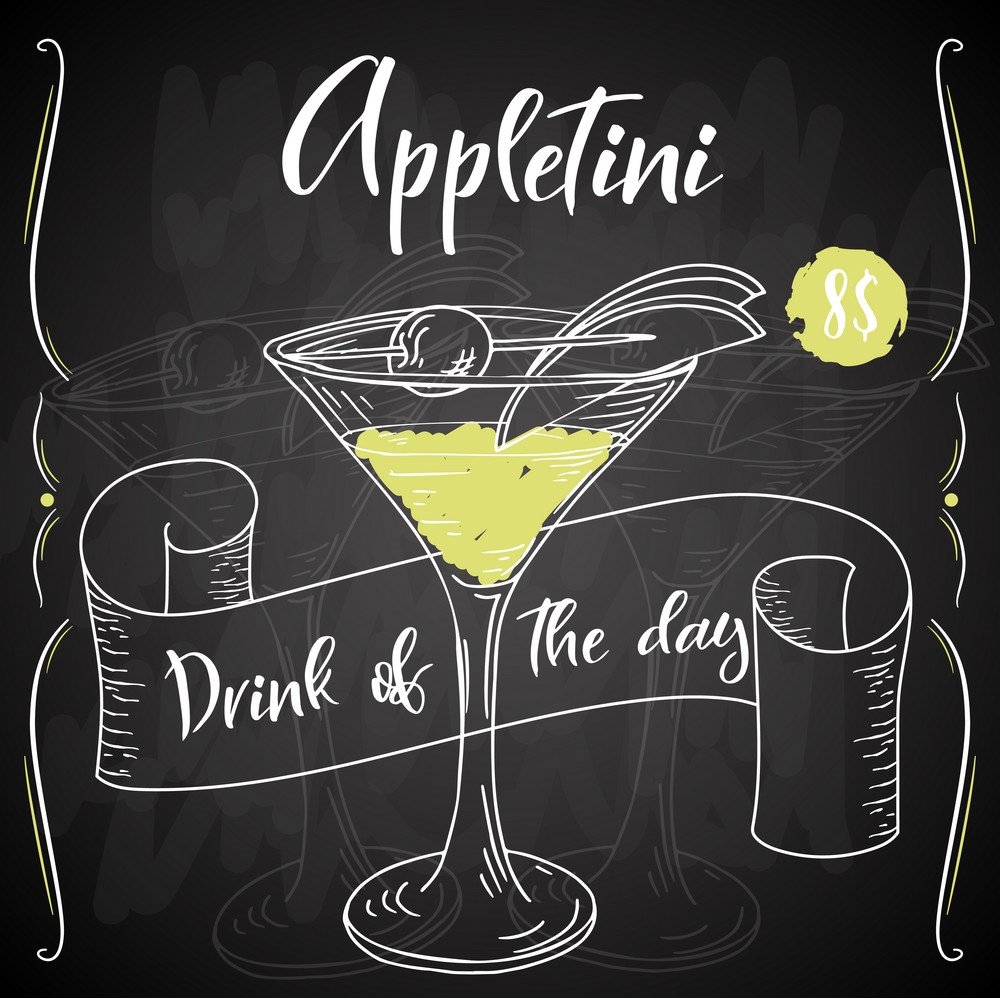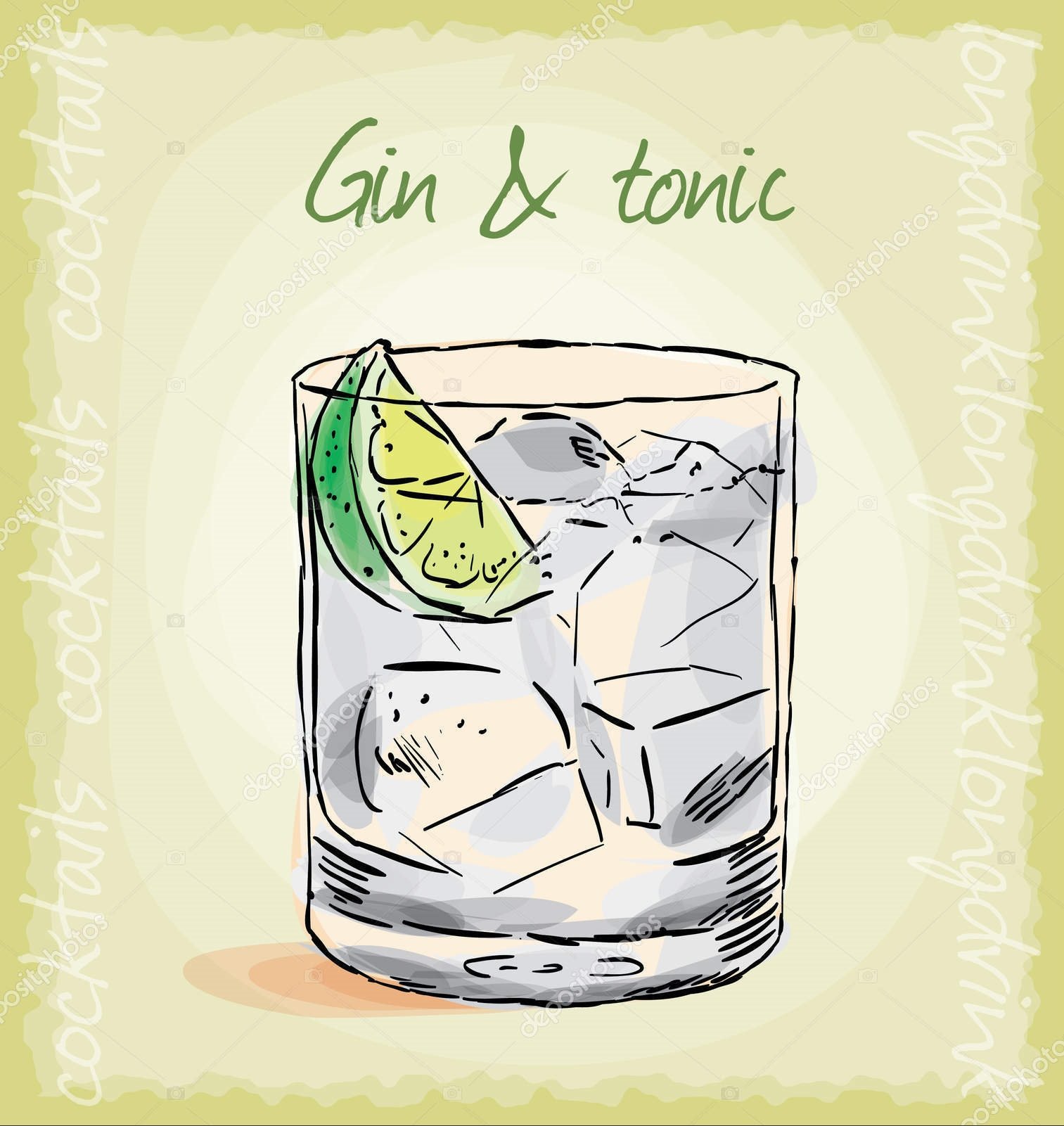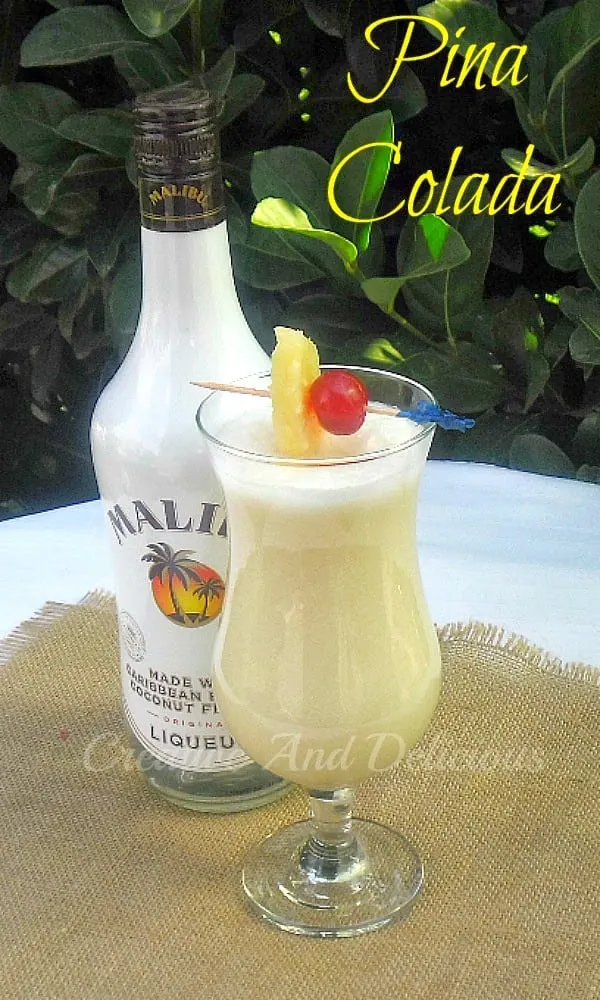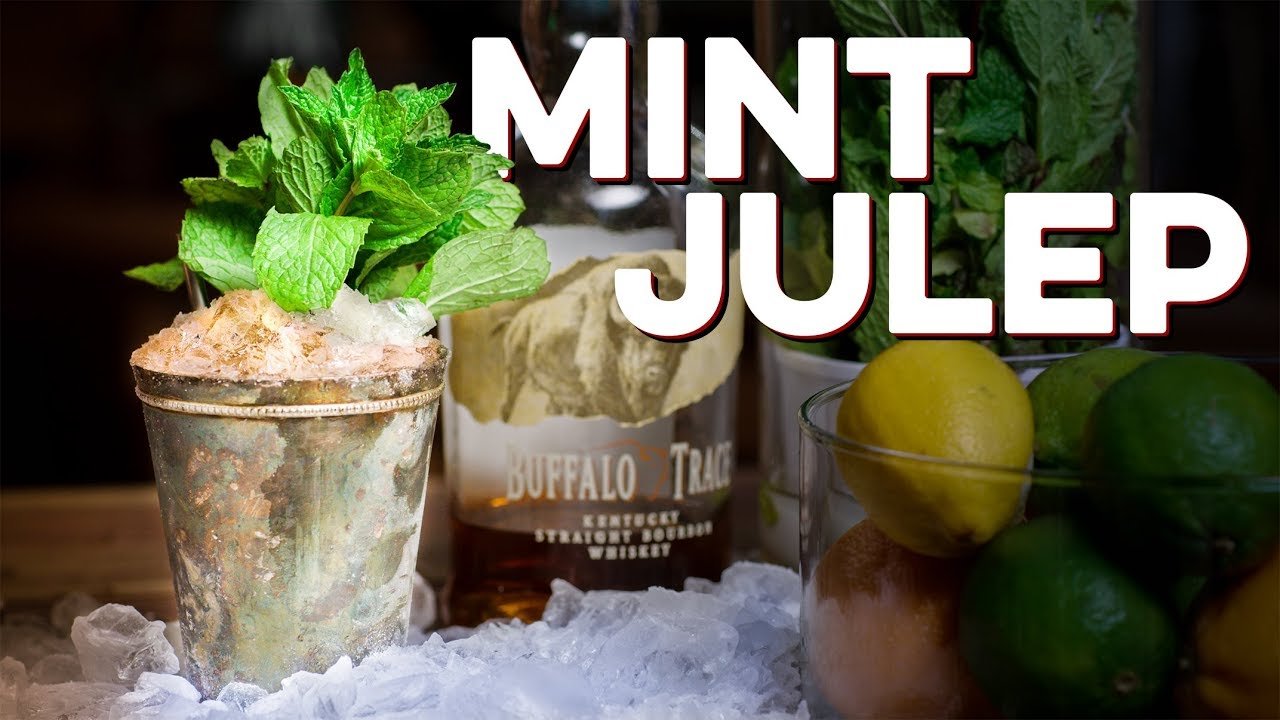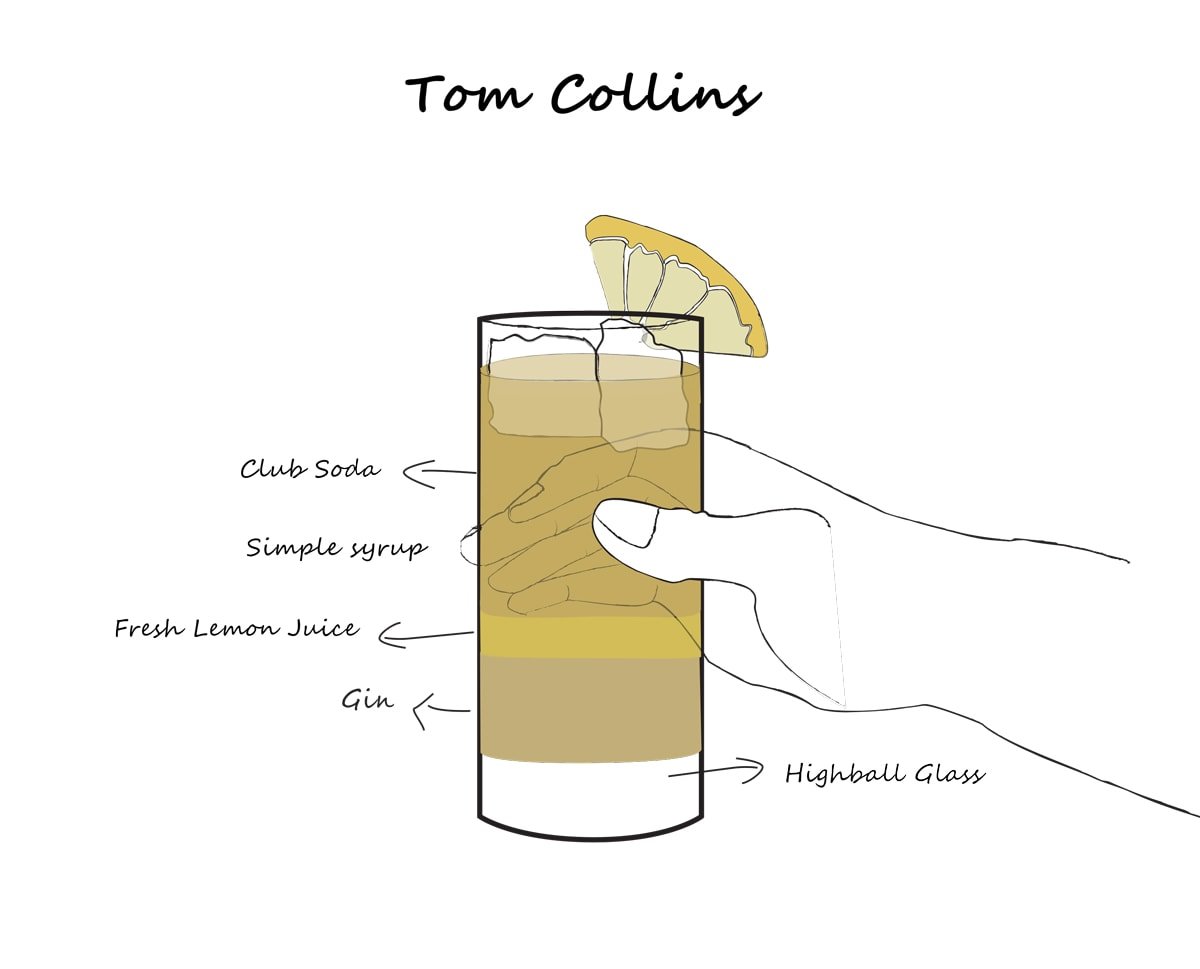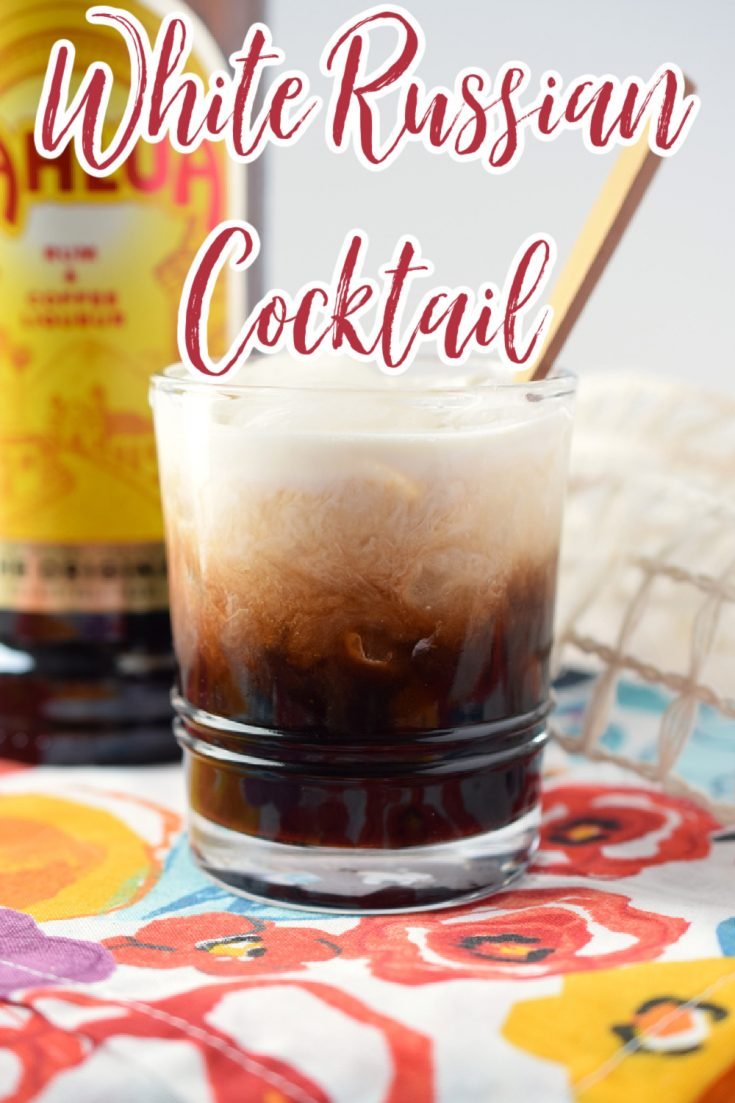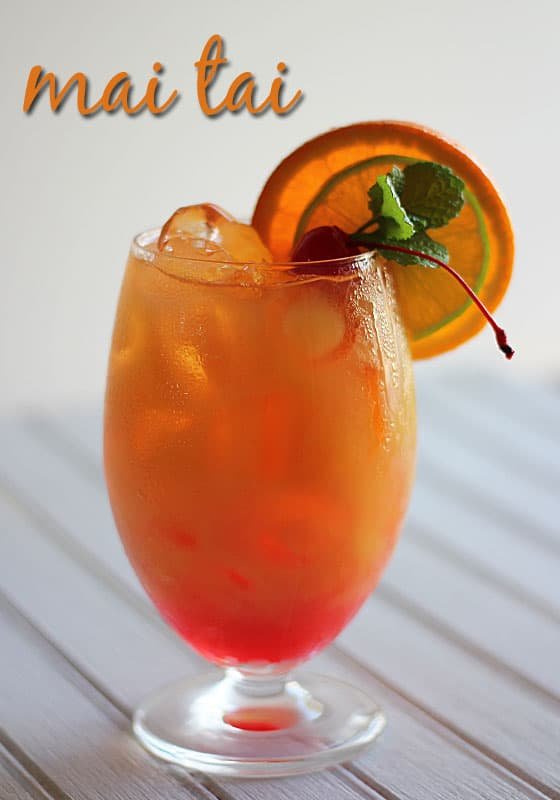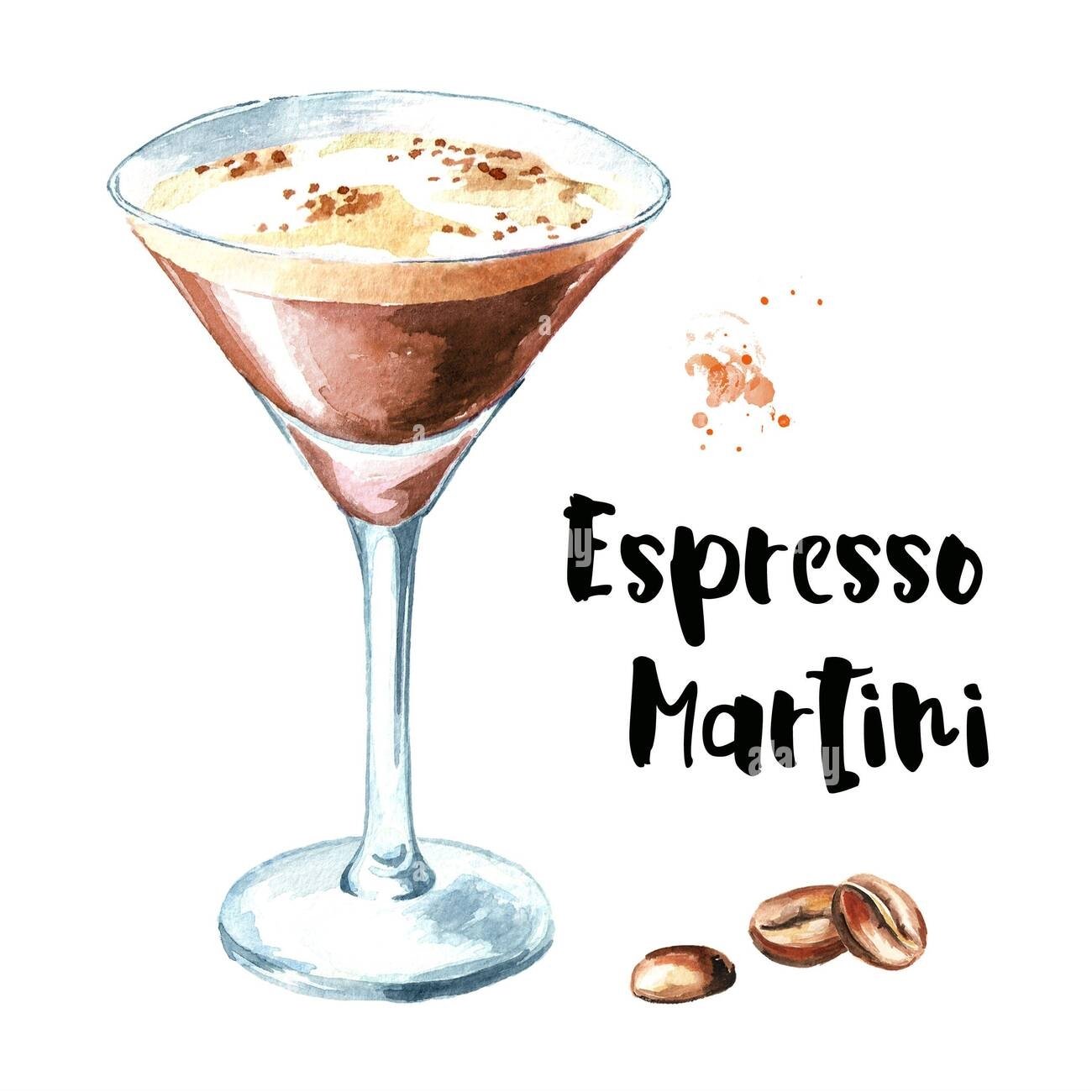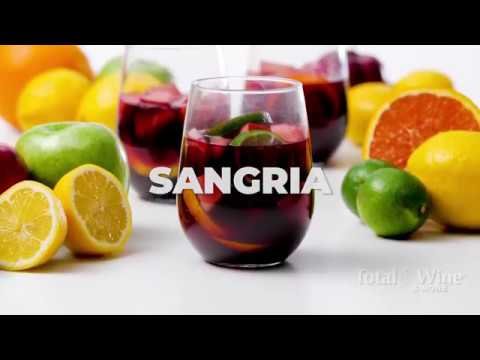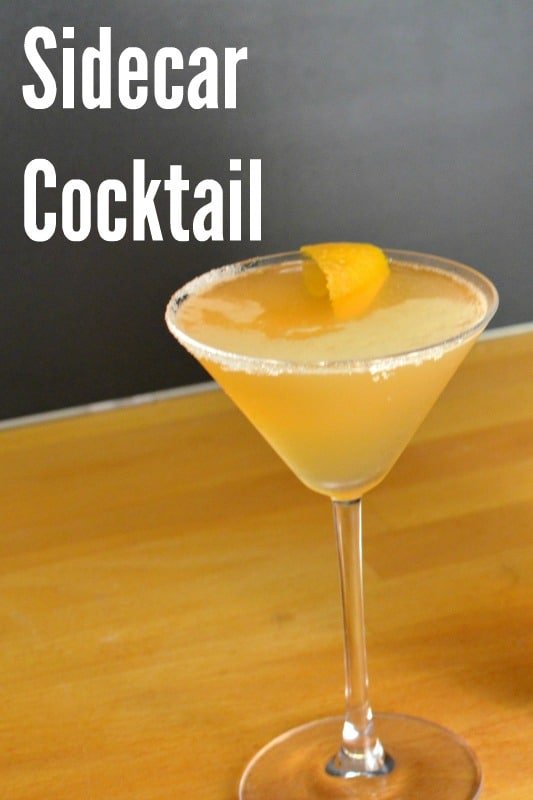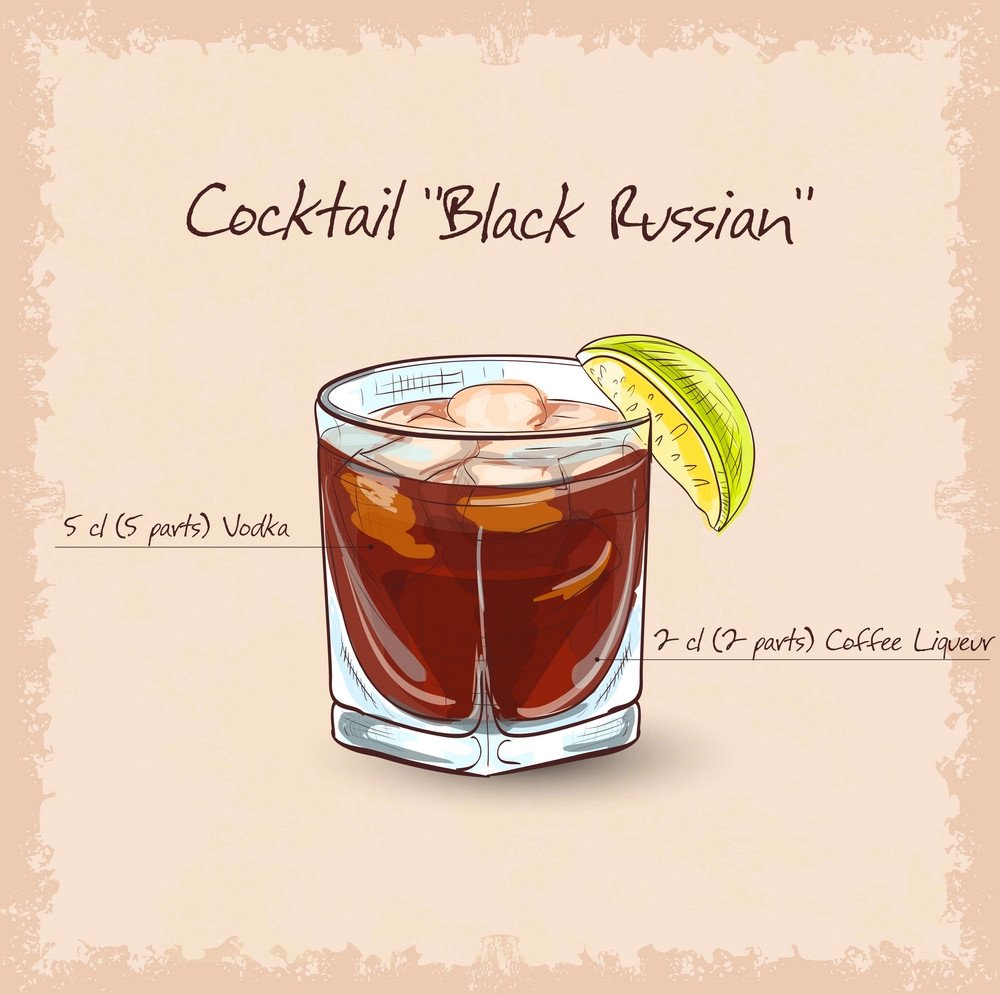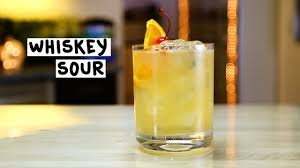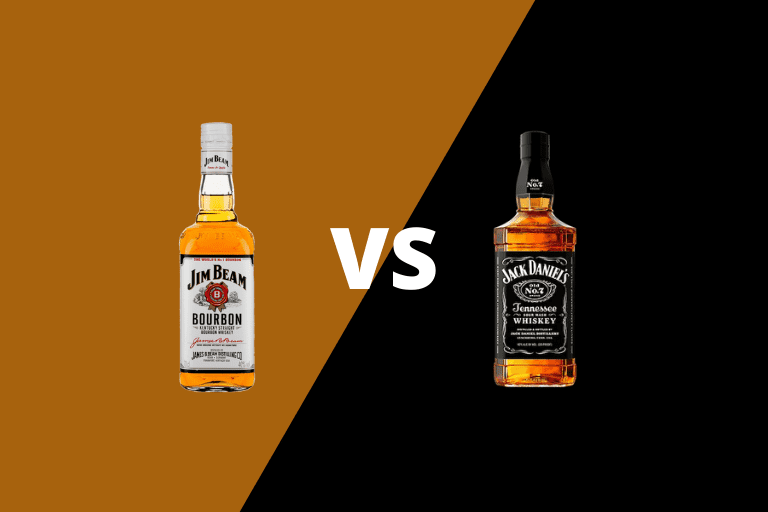There are a number of variables that contribute to the quality and flavor of a whiskey. Between the grains used as the spirit’s base, mash bill, and the water used to distill it, creating the perfect blend is a delicate balancing act. Of the factors involved in the distilling of whiskey, it’s hard to identify one more essential in providing flavor than the barrel each batch is aged in.
The barrel is an essential part of the whiskey-making process. Not only is it required by law in few countries that whiskey be aged in charred new oak barrels; these casks impart a number of whiskey’s signature flavors that would be impossible to achieve if the spirit were to be aged any other way. While providing subtle smoke, spiced aromas and silky caramel-vanilla notes, the degree to which these flavors can be detected in a whiskey is dependent on the barrel’s level of toast and char.
But what is the difference between a toasted and a charred barrel? To better understand the difference between barrel toast and char — and how they impact the flavor of our beloved spirit Madeeralaya researched a little bit on open source and found this.

The primary difference between a toast and a char is the amount of time the barrel is exposed to the flame. We’re talking a minutes-long difference between toasting and charring. When toasting a barrel, it is toasted for about 10 minutes at about 550 degrees Fahrenheit, while charring only happens for about 25 seconds at temperatures up to 600 degrees Fahrenheit. The max charring ever done is 60 seconds — there’s just not much left in the barrel after that.
As there is such a stark difference in the amount of time toasted and charred barrels spend exposed to heat, they end up looking fairly different. Toasted barrels are typically light in color — looking like, well, toast. On the other hand, a charred barrel, which comes close to the point of burning, will be much darker in color and create much darker whiskeys.
Both toasting and charring are done with the intention of activating oak’s sweeter compounds, which happens as soon as the wood begins to warm. Wood is all sugar; there’s a lot of cellulose and hemicellulose in every barrel. Within the wood, there’s a layer called lignin, a sort of binding piece of the wood where vanilin lives. When heated, this is where you’re going to find all your sweet aromatic notes.
Toasting will always happen when wood is set on fire as it will warm the wood similarly to how our food is warmed when put into a toaster oven. When toasted for an elongated period of time, the vanillin in the wood is really able to be expressed, resulting in a barrel with more robust flavor that then goes on to impact the flavor of the resulting spirit.
No matter how long a distiller decides to toast their barrel or what level of char they hope to achieve before aging their spirits, toasting with intention is key to a barrel’s success. If we don’t toast our barrels intentionally for a specific amount of time, we are going to see the sweetness drop off, and that’s what the whole focus is. If we don’t toast with intention, we risk losing the exact flavors we were looking for in the first place.
So next time, when we get the sweet aroma, think how that impeccable flavour has been acheived.

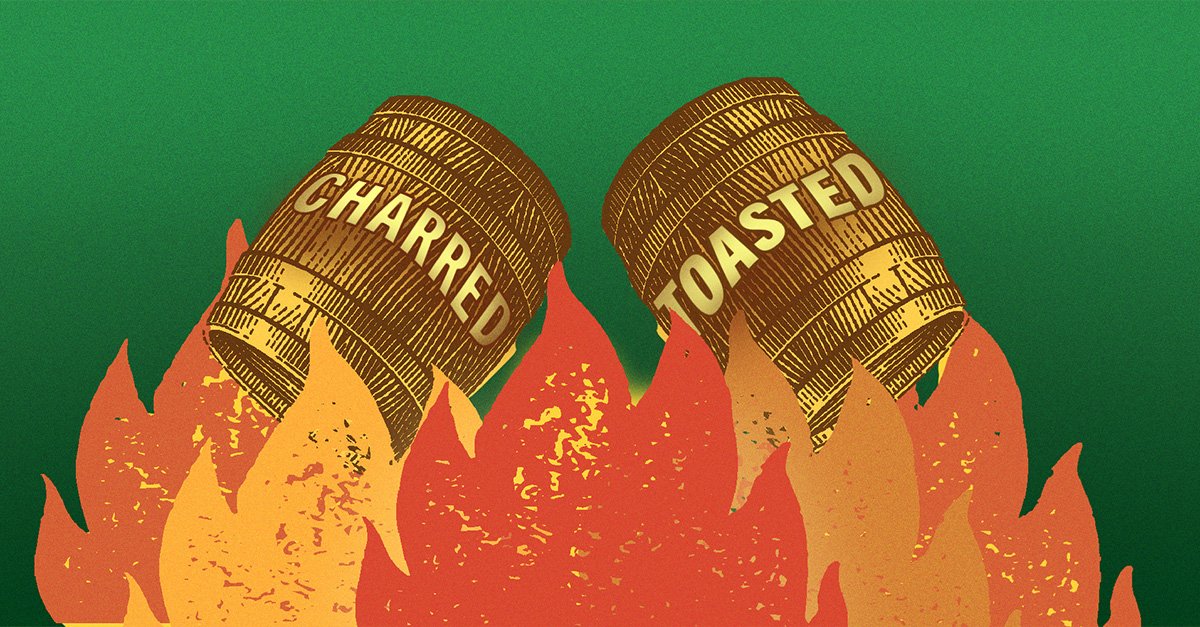

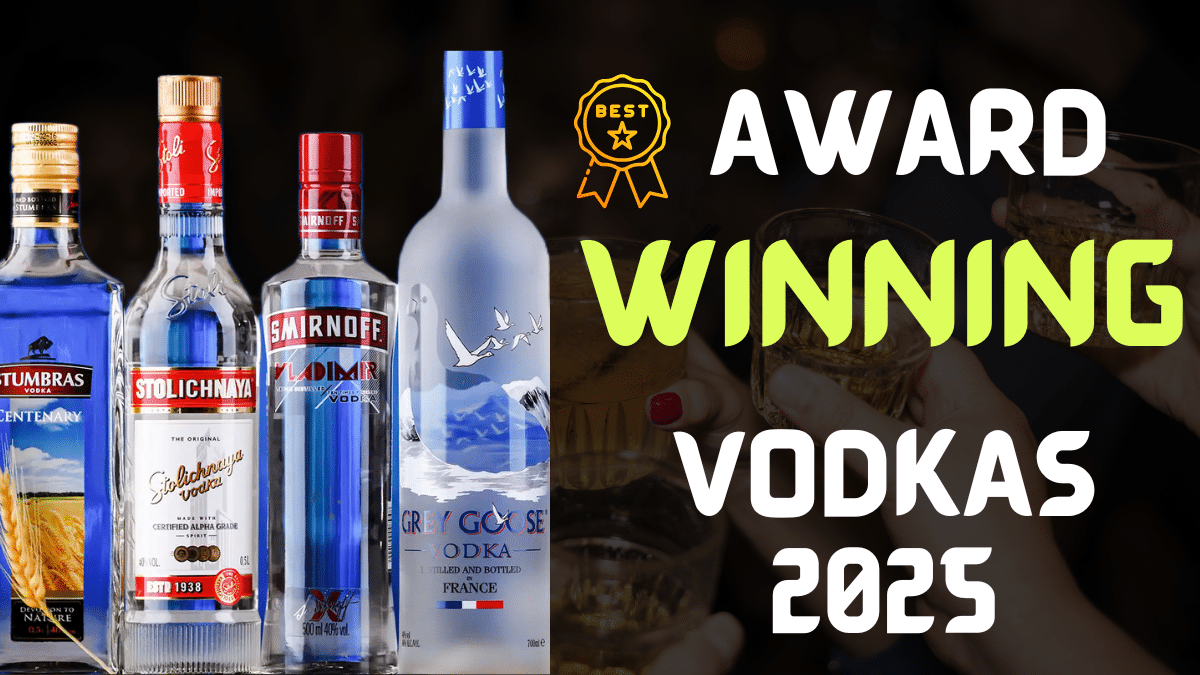
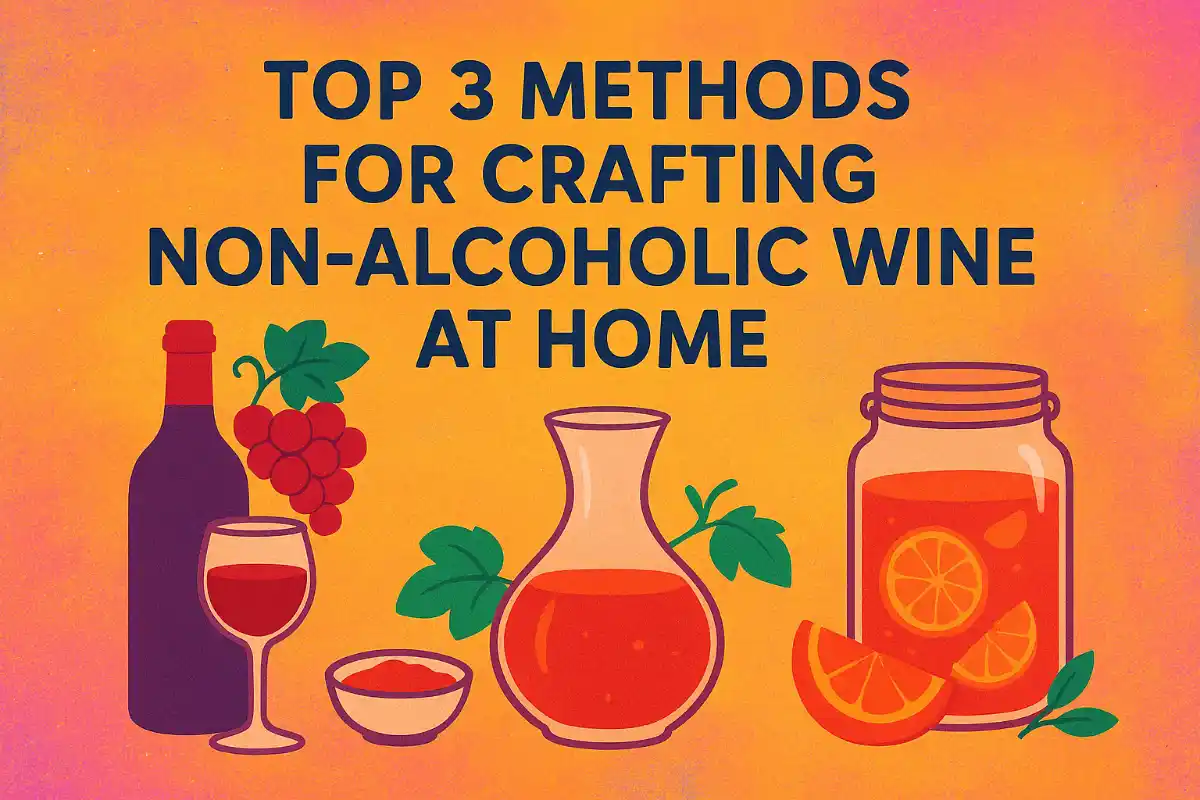
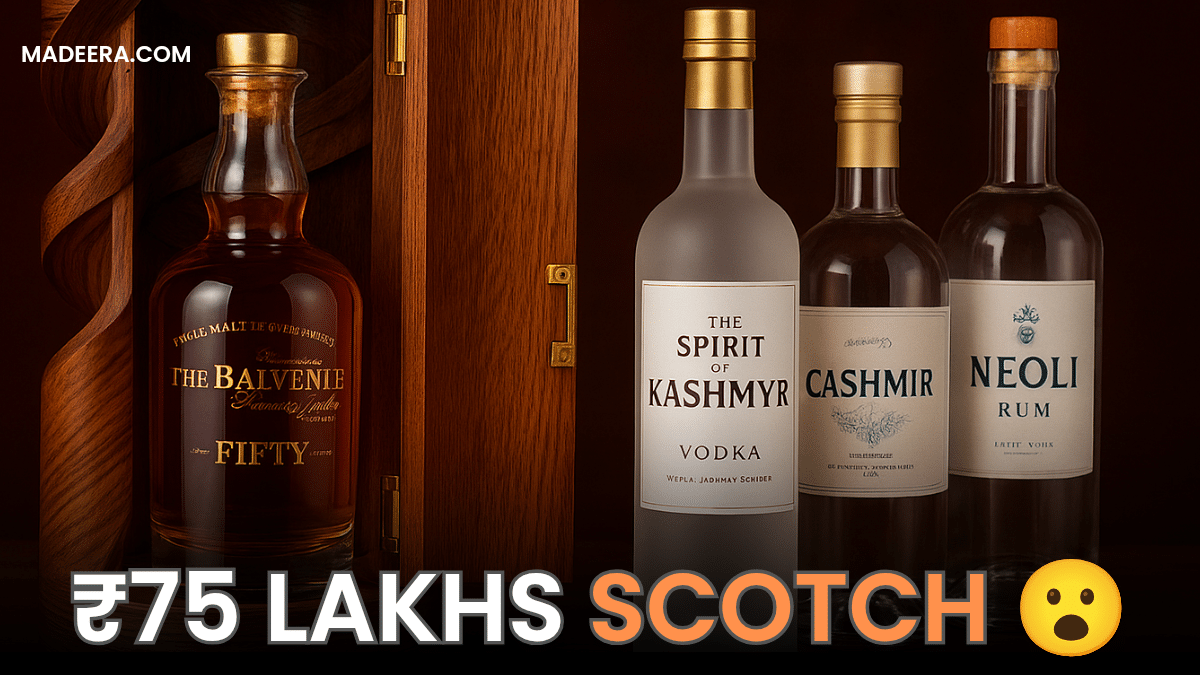
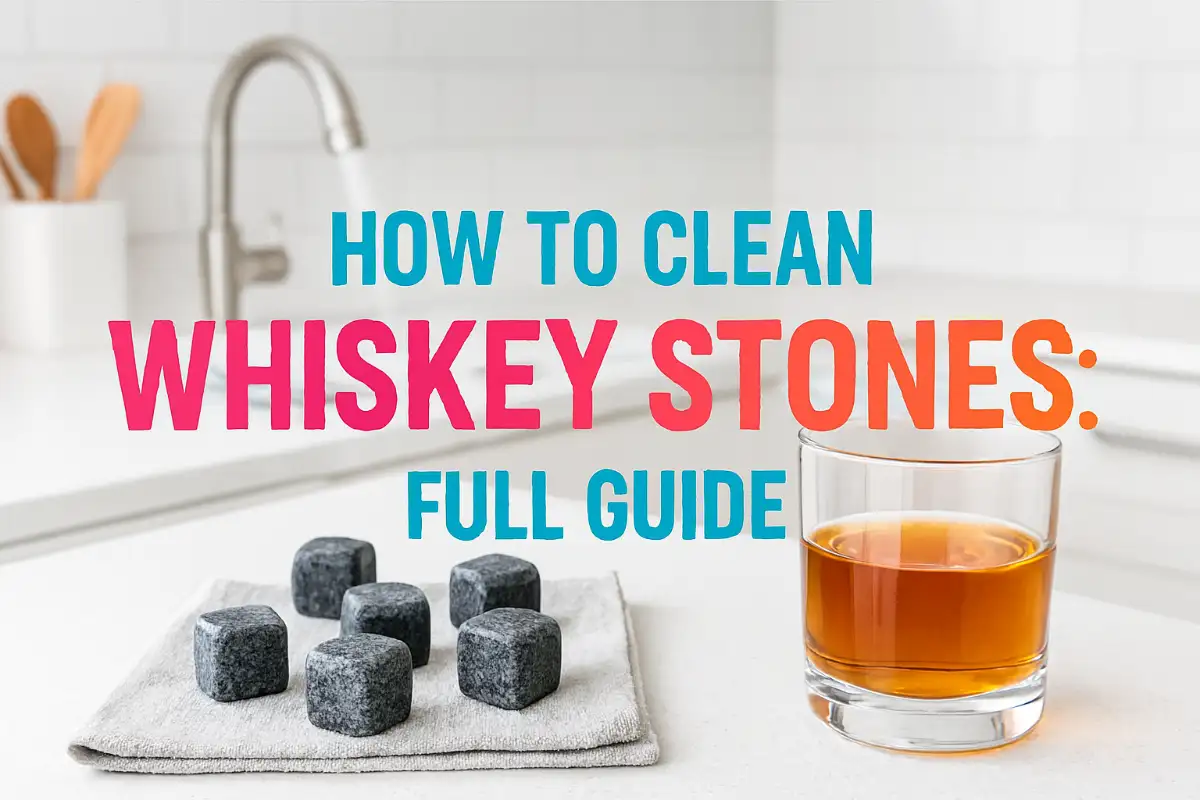
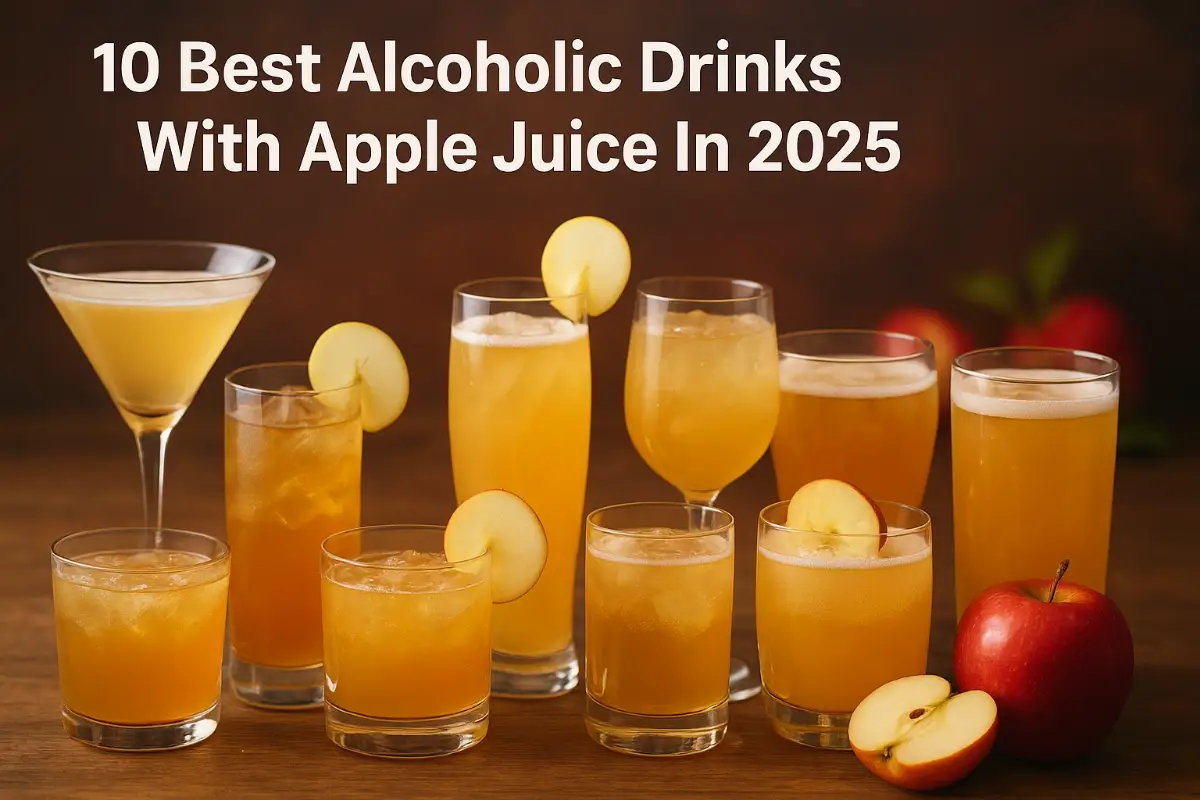
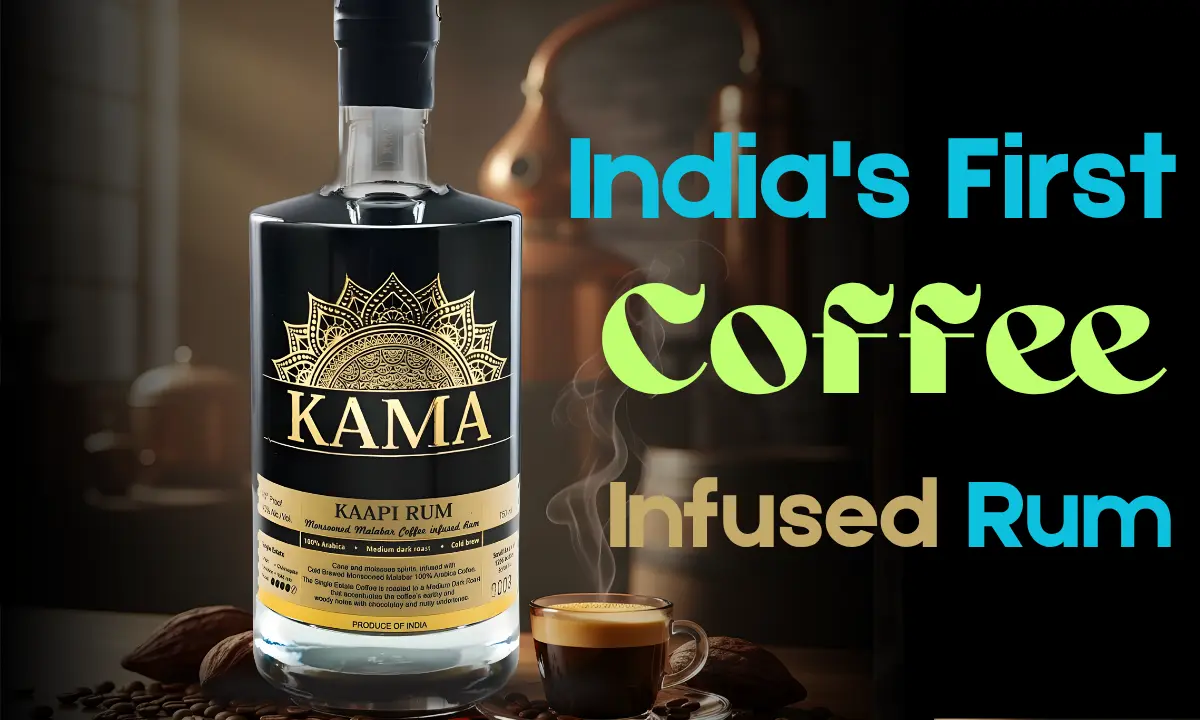


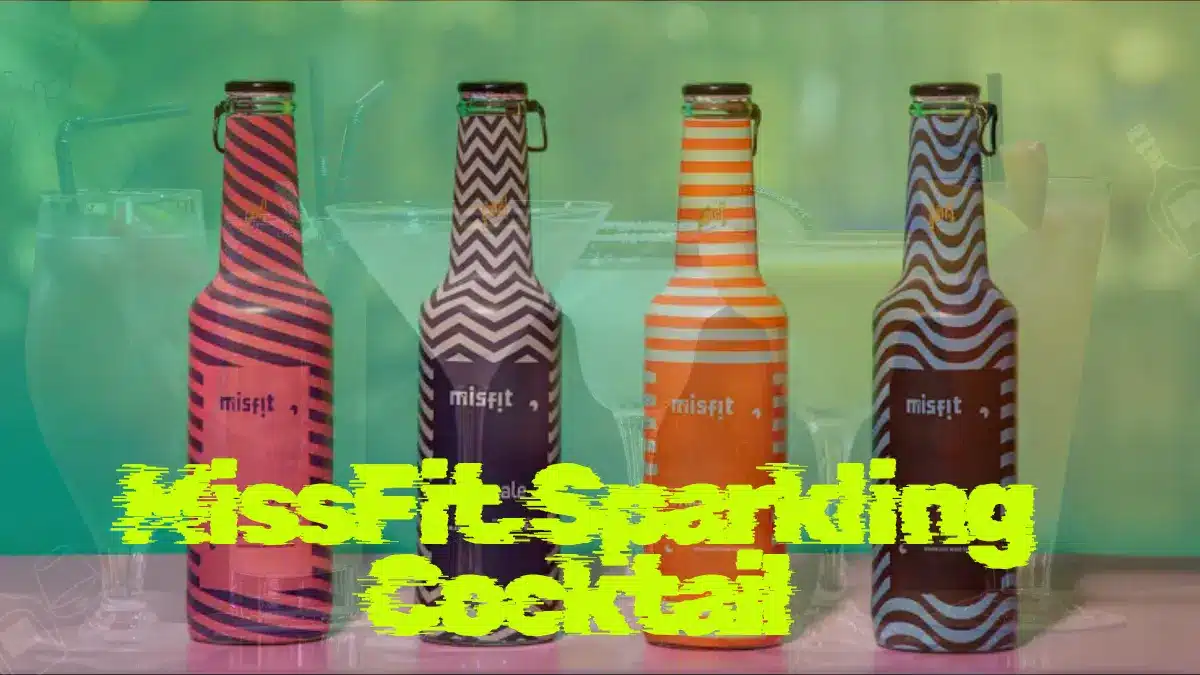

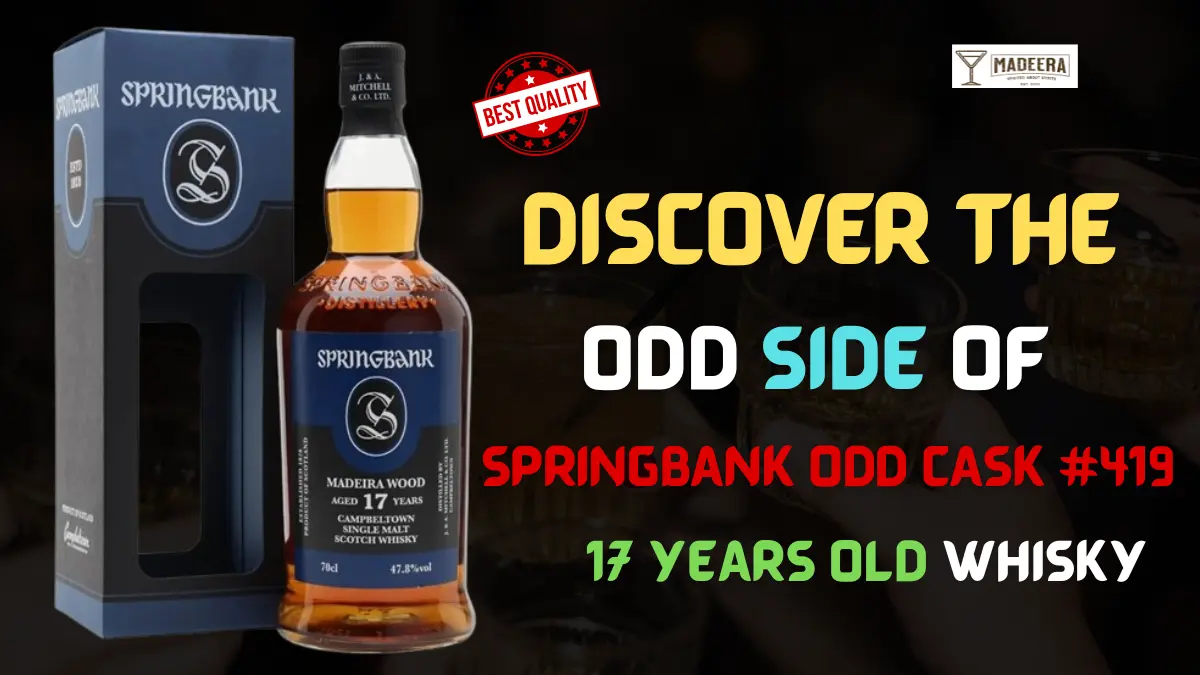
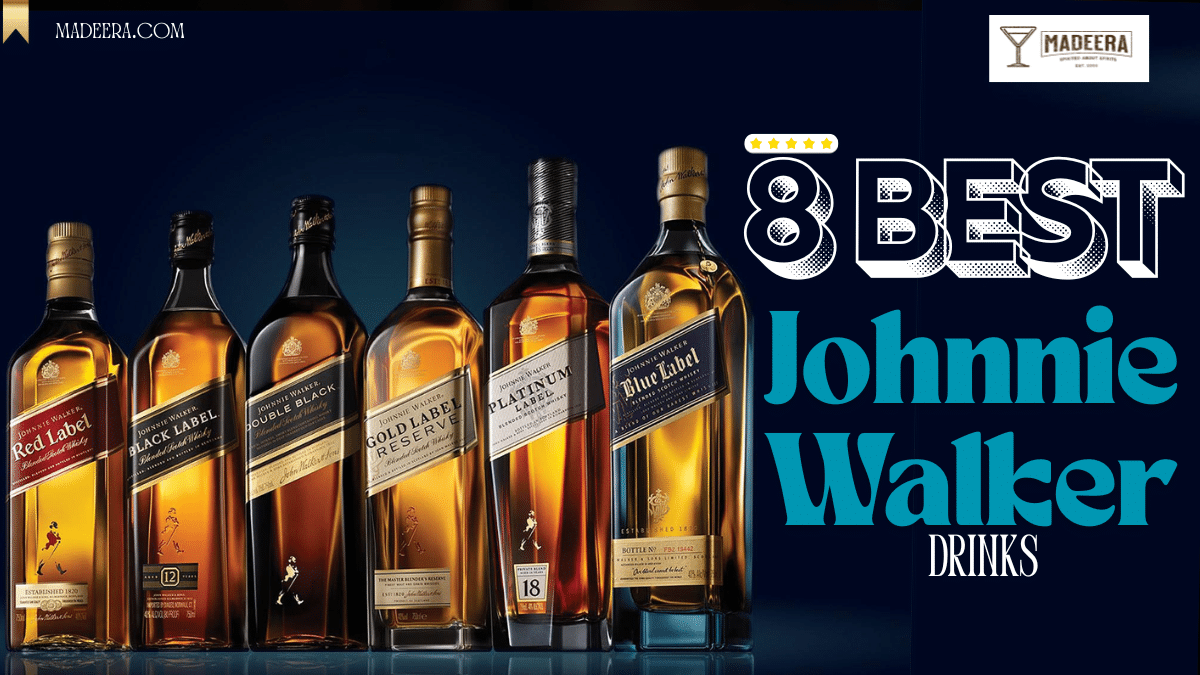
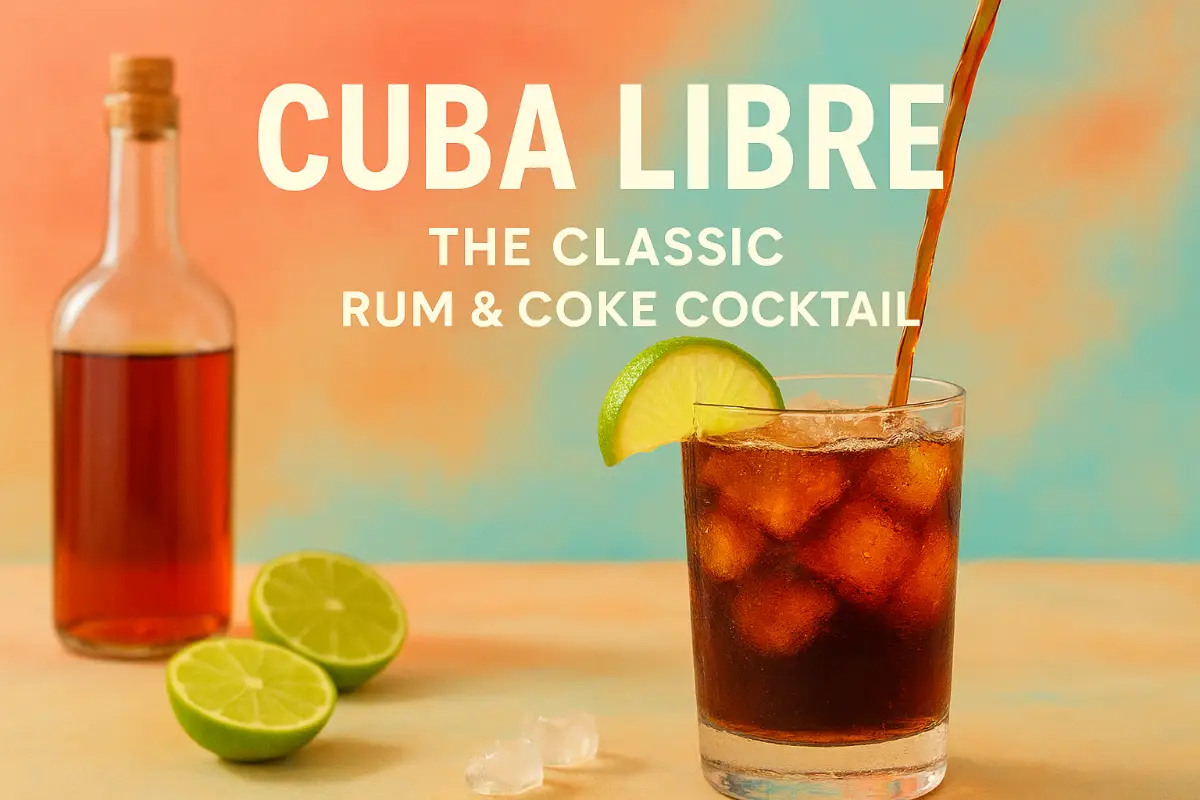

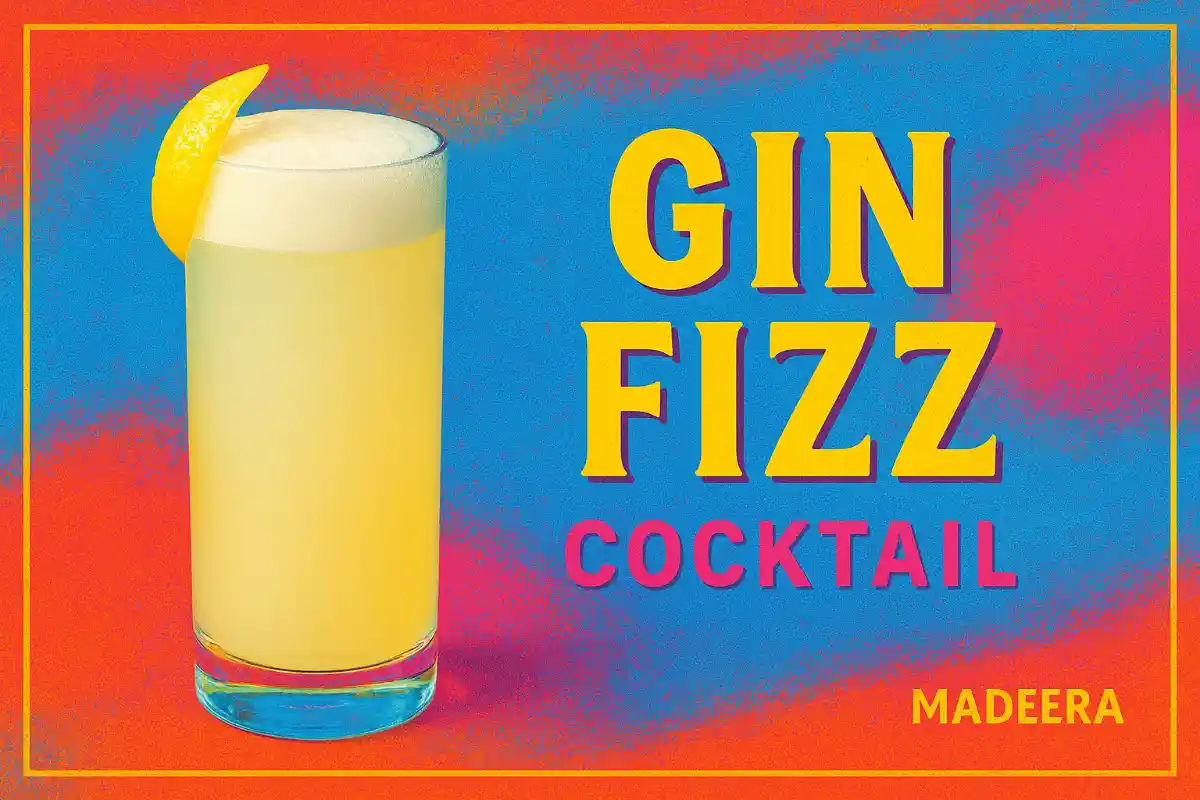
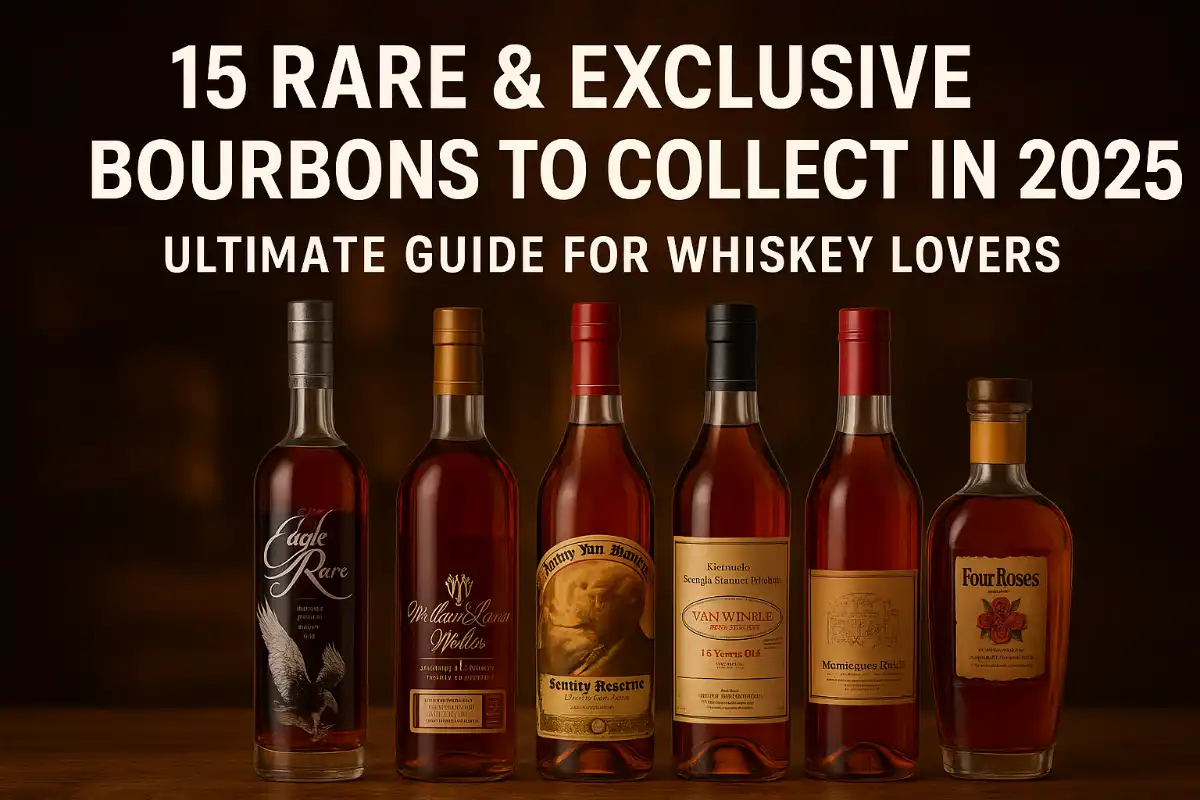
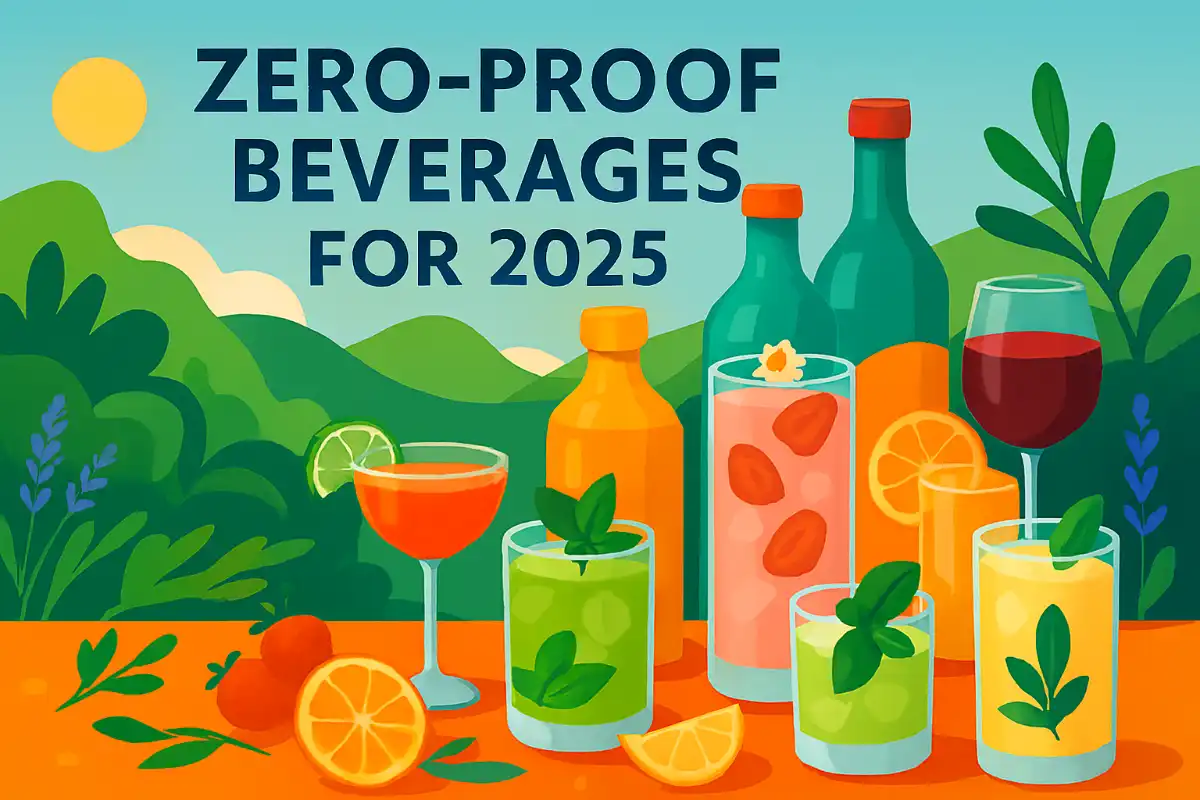


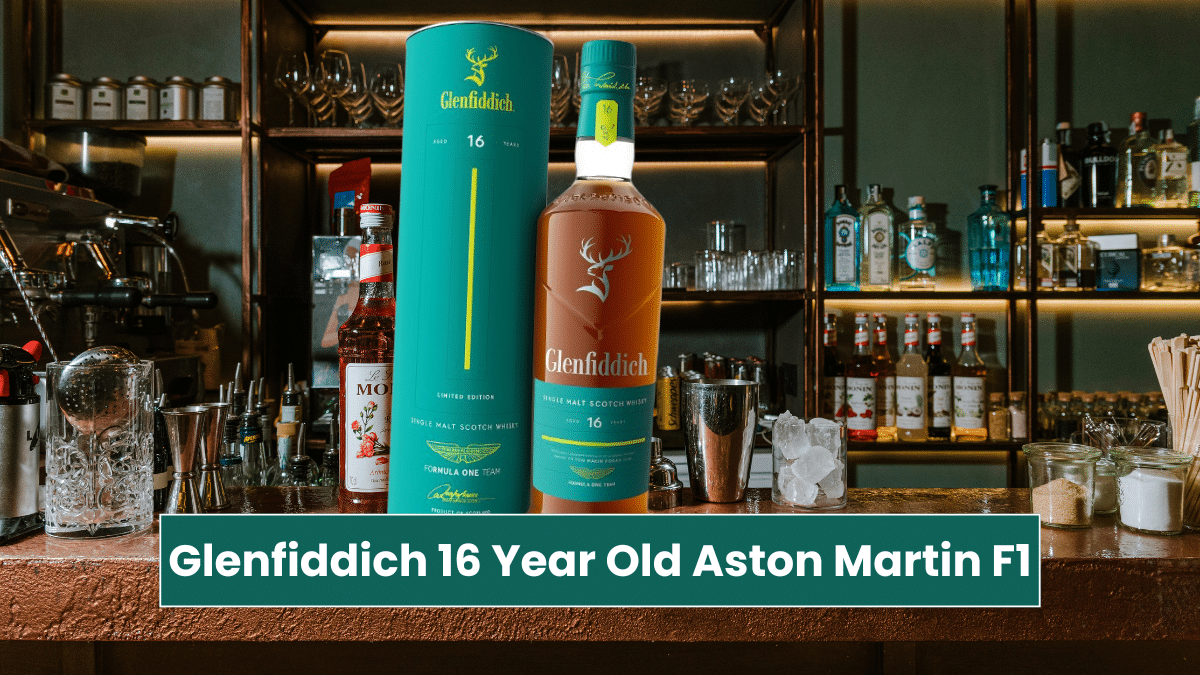
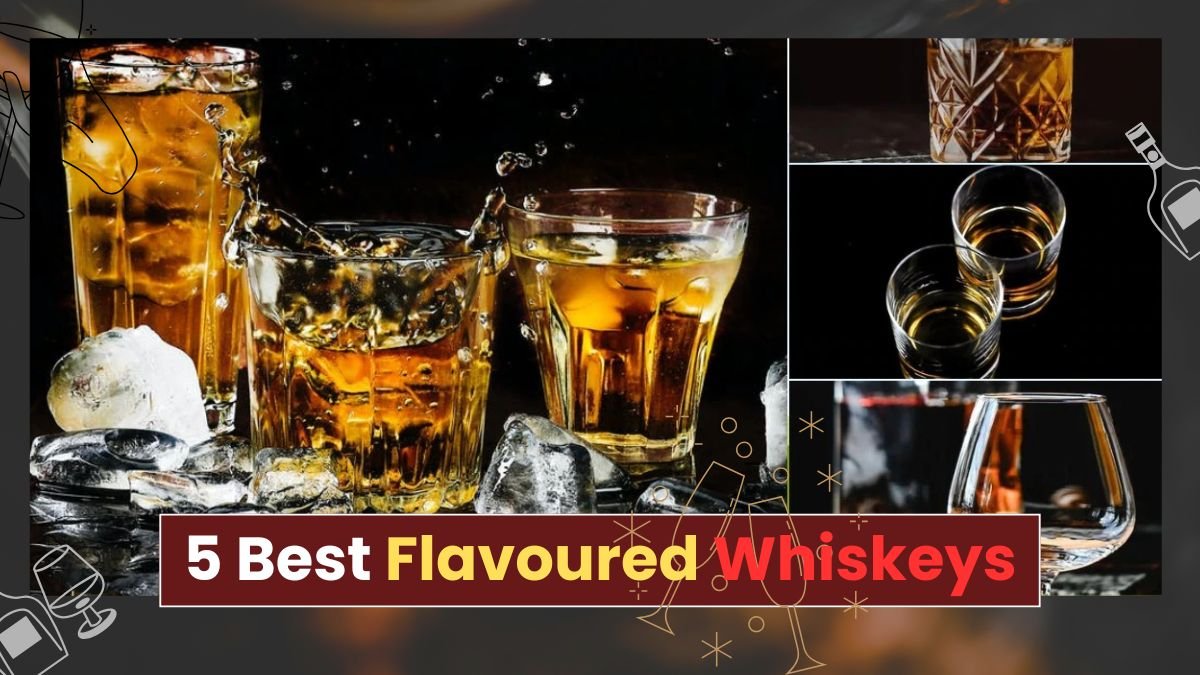









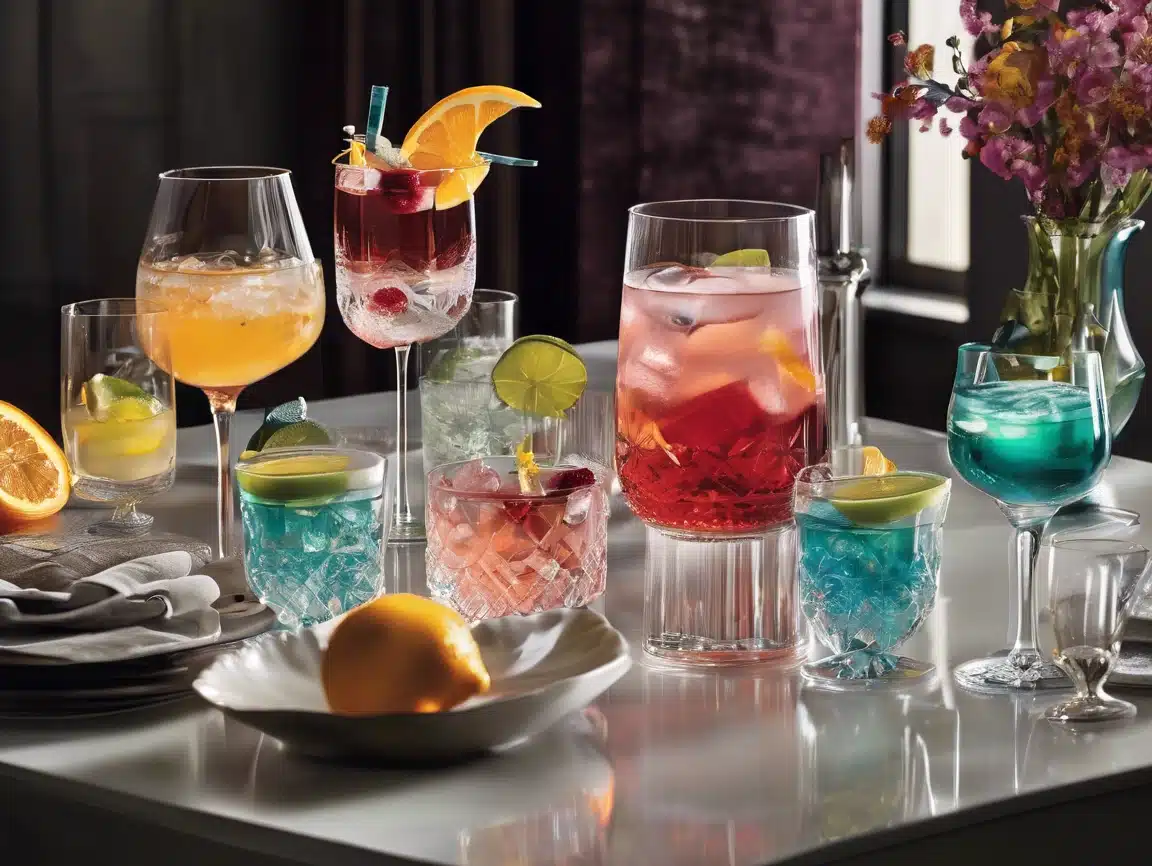





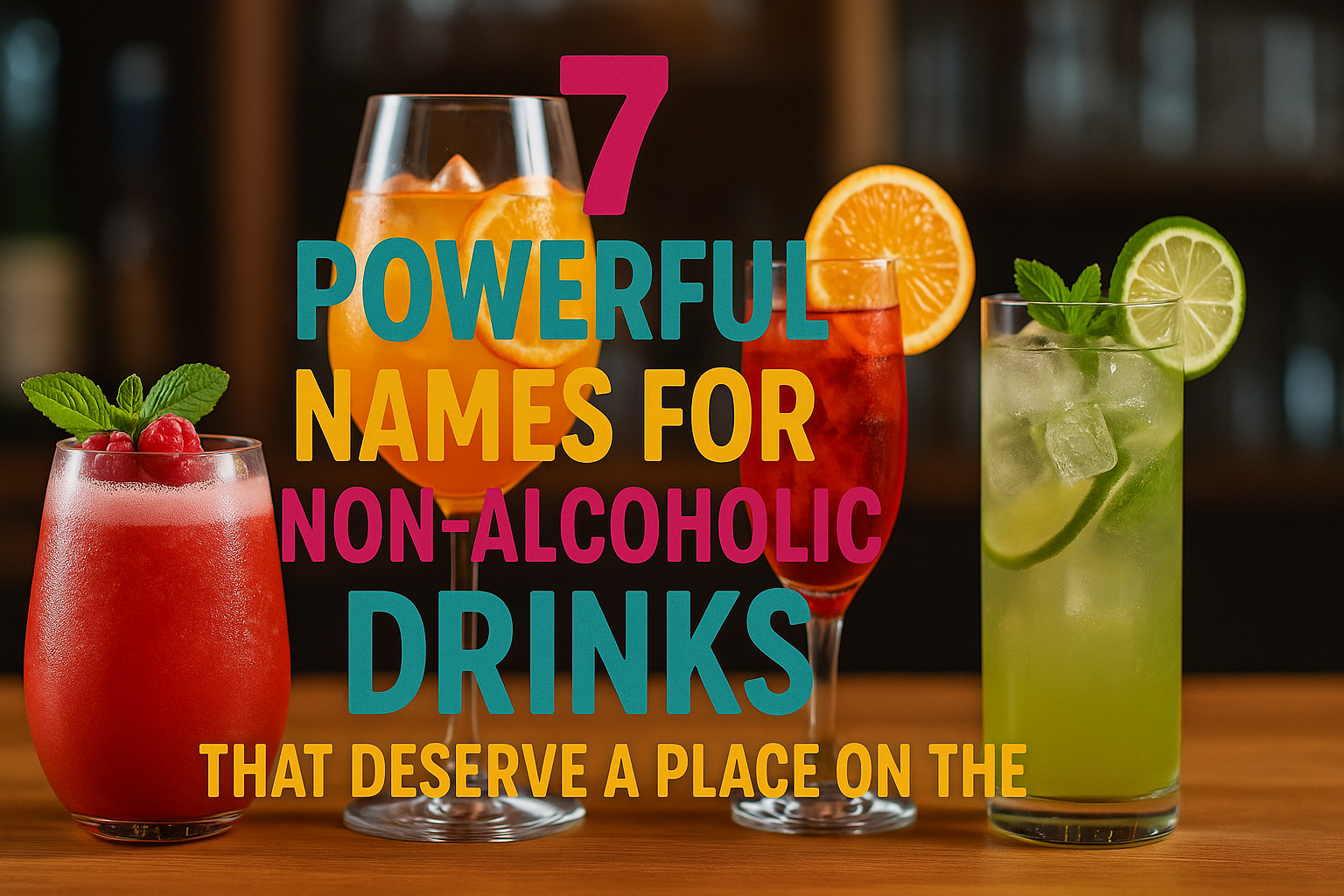

![20 Best Scotch Whiskies For Beginners [2025]](https://madeera.com/wp-content/uploads/ChatGPT-Image-May-29-2025-11_35_54-PM.png)
